| marc7 travels |
|
Dona Remedios Trinidad is the “IT” post-lockdown destination. With its relaxed travel requirements and proximity to the metro, it was not surprising that it has become popular among seasoned travelers, bike enthusiasts, and weekend explorers. The natural beauty of the municipality caught everyone by surprise. And with a huge playground to explore, a day or two is not enough to discover and enjoy what it has to offer. I went on a third trip to DRT because I had the opportunity to conquer one of its most-talked about attractions - Talon ni Eva. The spot caught my attention from the start and was one of the reasons why I got interested with DRT. I was told that exploring it was no joke and was said to be challenging. But that did not dampen my desire to catch its beauty. Trail Over Land and Water Let me be straightforward... the 2-hour trek to Talon ni Eva is physically challenging. It involves river crossing, a steep ascent, and a bit of bouldering. It can be physically exhausting but the view of Talon ni Eva is the best reward you’ll get after the two-hour traverse. I assure you that it is all worth challenging yourself. The trail starts off with a quick and easy trek along the barangay’s dirt road where you will be treated with the rustic and rugged views of DRT. The lush greens, with a solitary kubo every now and then, will give you that relaxing and calm vibe of the province. The dirt road will lead you to a river bed where the trail runs alongside it and, at certain points, crossing the river. So expect your feet to get wet. The most challenging part of the trail is the steep ascent to Kinailawan - the designated campsite in the area. The “paahon” is “breathtaking” in a sense that the views at the top will sweep you off your feet and, on the other end, is that it “takes your breath” because it is exhausting. It is important that you take rest stops during the climb and to just take it one step at a time to conquer this part of the trek. Once you get to Kinailawan, the views will re-energize you. This is where I got my second wind. You can take in a longer break at the campsite while taking in the beautiful view and breathing in the fresh air. From here, the trek gets easier as you descend down the other side of the mountain through its bamboo forest. The last part of the trek will get you scrambling over rocks and boulders to get to the base of the falls. The key here is to get good pacing through the trail. There is no need to hurry and take your time to take in and enjoy the view and the experience. Talon Ni Eva Talon ni Eva is the second highest waterfall in Dona Remedios Trinidad. Its water cascades at a height of 30 meters into a deep basin. Contrary to usual perception, the name Eva is the shortened version of the male name Evaristo. There are two versions as to how the waterfalls got its name. The first was that it was the name of the lumad who discovered the waterfalls. The other one is that it was the name of the man who died tragically when he fell off the cascade while showing off to the woman he loved. The second story was shared by our tour guide. Talon ni Eva is a beautiful art piece by nature. The water cascades beautifully on the crevices of its rock surface creating small streams flowing down into its basin. The breadth of its walls is a huge canvass for the water to run over, creating this beautiful view. Our guides say that it looks more majestic when the water flows are stronger. The water drops into a deep basin at the foot of Talon ni Eva before flowing downstream. You can enjoy a relaxing dip into its cold waters but you need to take extra precaution. Lifevests can be rented out for those who are not confident with their swimming skills. You can also rent a bamboo raft if you want to chill while gliding through its waters and get close to its cascades. Talon ni Eva has gained traction among local travelers so expect crowds, especially during weekends. This is also where most visitors take their meals so make sure that you find your spot first before exploring. Our group had good pacing so we were one of the first groups to get to the falls and enjoyed its beauty without the crowd. Trekking Back The trail heading back is a lot easier through Sapang Maltisa. It leads you downstream where you would be treated with the views of lush greens and still water pools glistening in green hues. Our guide says that this is the easier trail as the ascent back to Kailawan os gradual compared to the trail that we descended to on the way to Talon ni Eva. We made a slight detour to a place that they call “Sliding Falls”. The secluded spot is a perfect spot to enjoy the calmness of nature without the crowd. Its main attraction is a small cascade gushing on one of the crevices of its boulders where one can slide down into its deep pool, hence, the name given by the locals. You can take a break at this spot before heading back home. From this spot, the gradual ascent to Kalinawan begins through its picturesque bamboo forest. This part of the trail is a popular spot for pictures because of its beautifully landscaped bamboo-lined pathway. A final uphill push will get you to back to Kalinawan and finally back on the trail to the jump-off point. POST TRAVEL NOTES Talon ni Eva was the spot that made me curious to explore Dona Remedios Trinidad. It was this same curiosity that had me exploring DRT, not just once, but thrice. In all of these travels, I always came home tired but totally amazed by the municipality’s natural beauty. There are still a number of interesting spots to explore and discover on this side of Bulacan. One thing that came out really good during this health crisis is the discovery of these destinations after the lockdown which, on a regular day, would probably be missed out for other “fancier” destinations. Go ahead and explore your own hometowns because you just might discover the next best thing in Philippine tourism. Watch my Talon ni Eva Youtube video blog here: #ByahengOffTheGrid Talon Ni Eva Getting there: My trip to Talon ni Eva was organize by FB Travel Organizer - Buhay Kalye Gala. I highly recommend joining their organized trips especially if it is just you or a couple of your friends. I think you can also take a trike or habal-habal from the Poblacion to the jump off point of Talon ni Eva. Click on the image for the link.
0 Comments
[5The city of Manila is getting a major facelift from Yorme creating a renewed interest to the old city. The breath of fresh air has caught everyone’s attention, even mine, that ordinary people from the metro are exploring and commending the city government’s efforts. The white sand, a new coffee place, and a newly-designed pedestrian underpass caught my eye that I chose the district of Ermita to kick-off my renewed interest to #ExploreManila! Originally called Lagyo, the district of Ermita developed from a rural outskirt to a posh neighborhood, together with Malate, during the early 20th century. It was originally envisioned to be the home of government centers and offices. However, the liberation of Manila in World War 2 saw the heavy destruction of the district as it was caught under the crossfires and violence between Japanese and liberation forces. The years after the war saw the re-development of Ermita but this time as a commercial hub of the city. Its grand mansions were replaced by towering concrete structures. It now serves as the home of the Philippine General Hospital, the Supreme Court of the Philippines, UP Manila, and the Philippine Normal University. But in the midst of its urban development, Ermita has kept its history alive that will give you a glimpse of its past, present, and future. Archdiocesan Shrine of Our Lady of Guidance The area of Lagyo was later on called “La Hermita” because a Mexican hermit once resided in the place. A hermitage was built in the area that housed the image of the Nuestra Senora de Guia, the patron saint of travelers and seafarers. The hermitage has since evolved to become the present Ermita Church. The current structure was built in 1947 from the World War 2 ruins of the old church. The image of the “Our Lady of Guidance” was saved from the devastation when it was secured by the parish priest by putting it inside a crypt a few weeks before the liberation. The image of the Black Madonna, made from Molave, is said to be in oldest surviving Marian statue in the country. The tranquil atmosphere and the warm breeze from Manila Bay gives the church grounds a relaxing vibe. Its simple and elegant altar catches your attention with its Marian image as its centerpiece. Its high ceilings is an attraction in itself with its artworks depicting the life of Christ. Baywalk (White Sand) One of the most talked about rehabilitation projects under the Duterte Administration, the white sands of the Manila Baywalk is a refreshing change of view. I have seen the numerous rehabilitation attempts on this baywalk along Roxas Boulevard, from a simple esplanade to a food and bar strip then back. This is so far the most extensive attempt to give the area a refreshed look. Although it is still in its initial stages, the plan looks very interesting with an esplanade that juts out to the bay. This would give us another amazing view of the famous Manila sunset. The project has already rolled out and, by the way it is being rolled out, it looks promising and exciting. Rizal Park Complex Rizal Park is the largest historical urban park in Asia covering 58 hectares of land. The complex houses three national museums, a grandstand, an open-air theater, numerous gardens, and green open spaces. It has undergone refurbishments making it more appealing to the public. At the heart of the park is the Rizal Monument - a monument honoring the country’s national hero. The park was his place of execution in 1896 and the monument is the final resting place of Rizal’s remains. The actual execution site of Rizal is a few meters away from the monument and it is marked by a historical marker. Behind the entrance, tableaus were installed to give its guests a depiction of the final moments of the national hero. The sprawling park has mini-parks scattered within its complex where you can enjoy a little peace and quiet in the midst of the city buzz. At the center of the park is a beautiful lagoon that lights up at night and gives visitors a good choreographed evening show of colors, fire, and water. Further down the park is the Agrifina Circle where a skating rink once stood but was now refurbished into the Statue of the Sentinel of Freedom bearing the image of Lapu-Lapu. A relief map of the Philippines can also be found in the area. The park is also home to the National Library and three national museums - the Planetarium, the National Museum of Anthropology, and the National Museum of Natural History. The Quirino Grandstand is part of the park complex. Traditionally, Independence Day celebrations and Inaugurations of elected-Presidents are held in the venue. Rizal Park also serves as the country’s Kilometer Zero. Manila Ocean Park Opened in 2008, the Manila Ocean Park is an oceanarium located behind the Quirino Grandstand. It is home to 14,000 sea creatures with 277 species endemic to South East Asia. The 3000 cubic meters of seawater used in the oceanarium come from Manila Bay which are filtered for the park’s use. The park has seven galleries to explore and enjoy. It gives its guests a good appreciation of Ariel’s life under the sea and the beauty that go with it. Both kids and adults will be in awe watching sea creatures, from seahorses to sharks, gliding through the waters. Its main attraction is the underwater walkway where you will be surrounded by water and sea creatures. I loved that part. Ocean Park is also the first waterpark to have a penguin facility. The park is home to Humboldt penguins and gives guests the opportunity for a face-to-face encounter with these gentle creatures. It was a cool and exciting activity getting close to these penguins. The facility has successfully bred these penguins inside Manila Ocean Park. The Manila Ocean Park is a great destination for both kids and adults. Their galleries and the activities that they offer guarantees fun and excitement while discovering and learning something new. Manila Hotel The Manila Hotel is the oldest premier hotel in the country. Opened in 1912, the hotel has a unique spot in Philippine history as it served as the official residence of General MacArthur during his tenure here in the Philippines. It has served foreign dignitaries and international personalities, which include Ernest Hemingway and The Beatles, through its 109 years of operations. The grand and luxurious lobby of the Manila Hotel is an iconic image of the hotel and it is a beauty to admire. You get that air of elegance and nostalgia as you walk around the hotel. The hotel is a Philippine icon that fuses glam and history. National Museums Ermita is the home to the country’s 4 National Museums - the Planetarium, the National Museum of Anthropology, The National Museum of Natural History, and the National Museum of Fine Arts. With the exception of the Planetarium, the museums are housed in heritage buildings that were initially intended to be government offices. However, these heritage structures were later on repurposed to become the repository of the country’s history and culture. The National Museum of Natural History Located along the Agrifina Circle of the Luneta, the National Museum of Natural History opened its doors in 2018 and outlines the natural history of the Philippines. The neo-classical- design building, completed in 1940, was originally the Agriculture and Commerce Building. It was damaged during the war and was re-constructed based on its original plan. It later on became the headquarters of the Department of Tourism before it was re-purposed to become part of the National Museum Complex. The museum walks its guests thru the rich and vibrant eco-systems of the Philippines. It showcases the biodiversity of the country in land, water, and air. The interactive exhibits introduce guests to the different wildlife endemic to the country and the environment where they thrive. The museum makes you appreciate how rich the natural resources of our country. Two of the main attractions of the museum is the “Tree of Life” and the preserved remains of Lolong. The “Tree of Life” is the museum’s main centerpiece. Located at the atrium, the dome serves as the ceiling of the museum and the DNA structure serves as its trunk. The glass ceiling illuminates the atrium giving it a calming vibe. The museum also serves as the home of Lolong - the world’s largest crocodile in captivity at 20 feet and 3 inches. The saltwater crocodile was caught in creek in Agusan del Sur after weeks of hunting for a crocodile suspected for a fisherman’s death. He was moved to the Bunawan Eco-park where he died 17 months after he was captured. Lolong was estimated to be 50 years old. His skeletal remains and taxidermied skin is now on display at the museum. The National Museum for Anthropology The National Museum of Anthropology is the museum dedicated to showcase Philippine heritage. The building was once occupied by the Department of Finance before it was repurposed to house the ethnological and archeological treasures of the country. Exploring its floors will give you a glimpse of the Filipino’s rich and colorful culture and traditions. The museum has a wide collection of artifacts from the different ethnic groups of the country. The selection includes woven clothes, ornaments, tools, weapons, and musical instruments among others that give you a glimpse of the way their way of life. You would be amazed as to how varied our local cultures are and the narratives that go with it. The exhibits make you understand how different we are from each other but, more importantly, what makes us uniquely Filipino. Part of the exhibit are artifacts from the past that were excavated and were retrieved from the sea. The most prominent is the San Diego gallery where it gives guests a glimpse on how the Philippines were linked to the world during the galleon trades. The ship sunk off the waters near Fortune Island in Batangas in 1600 and the wreck was discovered only in 1992. 34,407 pieces of historical artifacts from China, Japan, and Mexico were recovered from the wreck. The National Museum of Fine Arts Standing adjacent to the National Museum of Anthropology, the National Museum of Fine Arts is the country’s repository of the visual arts of Filipino classical artists and art pieces of unnamed local artists from the Spanish-period. The building that serves as its home was once known as the Old Legislative Building that housed the Congress and Senate. The building was recognized as a “National Historical Landmark” in 2010 by the National Historical Commission of the Philippines. Juan Luna’s “Spoliarium” is the central art piece of the museum. Luna took 8 months to complete his masterpiece depicting a Roman circus with dead gladiators being dragged and stripped of their armors. The painting won a gold medal in the 1884 Exposición Nacional de Bellas Artes. It is the largest painting in the Philippines and is currently on display at the museum’s main gallery. The museum is home to a number of unknown Filipino artists from the Spanish-period. The artists’ rendition of religious images was influenced by the colonization of the country by the Spaniards. The most prominent of this art piece is the “retablo” of the San Nicolas de Tolentino in Bohol. The altar piece is considered a National Cultural Treasure. The galleries honor Filipino artists from Hidalgo, Botong Francisco, Amorsolo, dela Rosa, and other National Artists. It also has a collection of sculptures from 19th and 20th century artists. It even has a gallery paying homage to the creativity and artistry of Dr. Jose Rizal. Manila City Hall The Manila City Hall is the center of the city’s governance. The building was originally intended to be part of the government complex housing national offices which explains the similarity of its design with the National Museums. It was heavily damaged during the World War 2 and was re-constructed with deviations from its original designs. The most iconic image of the City of Manila is the clock tower of the city hall. It is the largest tower in the country standing at 100 feet. The clocks was digitalized to synchronize to the standard time of the country. Here is another interesting trivia - the Manila City Hall, when viewed from above, is said to be a shaped like a coffin. Manila Underpass The Manila Underpass created a huge buzz on the internet when it was opened after it was given a facelift. The new look of the underpass is very far from the old, stinky, and dirty one that most of us would remember it to be. It took a new mayor to give it a refreshing look that it has become a tourist attraction with its new look. The Manila Underpass was given a fresh interior look. It was cleaned and cleared to give way to a more chic looking ceiling and flooring. Its walls were mounted with lighted pictures and images of the Manila’s tourist spots and its cultural traditions. From a mere walkway, it has become an IG-worthy spot for locals and guests to enjoy. Bonifacio and the Katipunan Monument Another interesting and beautiful change is the refurbishing of the Bonifacio and the Katipunan Monument. The park, beside the Manila City Hall, was neglected for years and was often compared to a huge public restroom. It was cleaned and refurbished to become another popular park in the city. The Bonifacio and the Katipunan Monument stands to honor the heroic fight of Andres Bonifacio against Spanish rule. Inaugurated in 1998, the monument features Bonifacio in a fighting stance and the depiction of the Philippine Revolution. Written behind the monument is the “Kartilya ng Katipunan”. The park has undergone a lot of beautification. A cafe, aptly called “Kape-tolyo”, is the latest addition to the park that is creating a buzz among netizens. A monument honoring Emilio Jacinto was installed just a few meters from the cafe. A part of the Berlin Wall is encased in glass in one of the corners of the park. It was a gift to the city by Germany. Manila Metropolitan Theater The Manila Metropolitan Theater is a heritage structure completed in 1931 that witnessed performances from local and international celebrities. It played hosts to zarzuelas, theater productions, movie showing, live performances, and concerts. It is undergoing a major rehabilitation after years of neglect from both local and national government. I have fond memories of the Manila Metropolitan Theater. I remember performing on its stage during my high school years as part of our activities. So, it is great to see the efforts being put in with its rehabilitation. I am sure that the much-anticipated opening of the Manila Metropolitan Theater this year is going to give the needed morale boost to the performing arts. Liwasang Bonifacio The sprawling plaza is a central hub between Intramuros, Binondo, Quiapo, Sta. Cruz, and Ermita as most of the access to these other districts stem from this plaza. Also known as Plaza Lawton, it is a transport hub where one can catch public transport to Cavite, Las Pinas, and other destinations south of Manila. Even during the times when the tranvia was in operation, a terminal was also located here. The main centerpiece of the plaza is the monument of Andres Bonifacio that was installed in 1963. The monument was designed by Guillermo Tolentino to honor the hero in his birth centennial. It was also during this time that the plaza was renamed to Liwasang Bonifacio from Plaza Lawton. The square is one of the freedom parks in the country where one can hold peaceful protests without requiring permits from local authorities. Manila Post Office The Manila Post Office houses the main postal mail sorting and distribution in the country. The central position of the heritage building was part of the original plan where it is accessible to all road networks and the Pasig River. The present structure was a reconstruction from the original design after the original building was destroyed in the liberation of Manila. The Philippine Postal Corporation has its home here and has undergone modernization efforts. This includes automated mail sorting systems and new postal code system for faster service delivery. The office managed to keep the old tradition of letter writing despite the advancement in communication technology. POST TRAVEL NOTES A fresh approach by a new mayor gave an old city a much-needed facelift that paved the way for a renewed interest from both the old and the young. It took Yorme’s political will to start cleaning up the city of Manila and work on bringing back its former glory. And it is working! Exploring Ermita got me excited at how much Manila can change under his leadership. #ExploreManila! was a project that I started a few years back where the goal was to explore the 16 cities and lone municipality of Metro Manila. We went around to discover the beauty and history hidden in the urban jungle of the metro. However, I still have a couple of cities to cover to complete this project and that is what I hope to do this 2021. Sama ka na! Check out my #ByahengOffTheGrid Youtube video here: #ByahengOffTheGrid Ermita Getting there: You can take the LRT Line 1 and go down at UN Avenue or Central Station. |
Marc del Rosario
I believe in education, entrepreneurship, and caring for the environment. Archives
June 2024
|
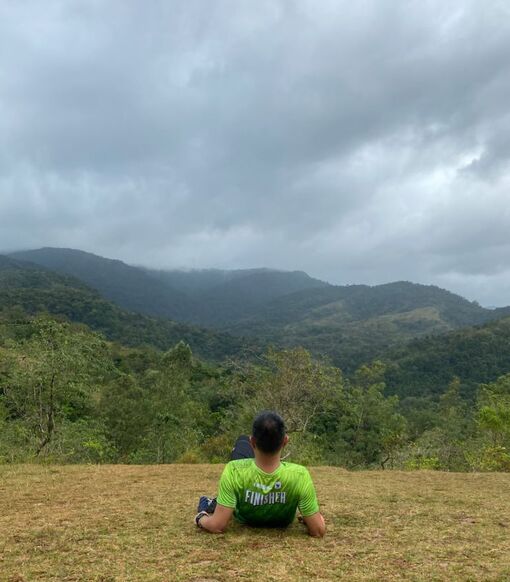
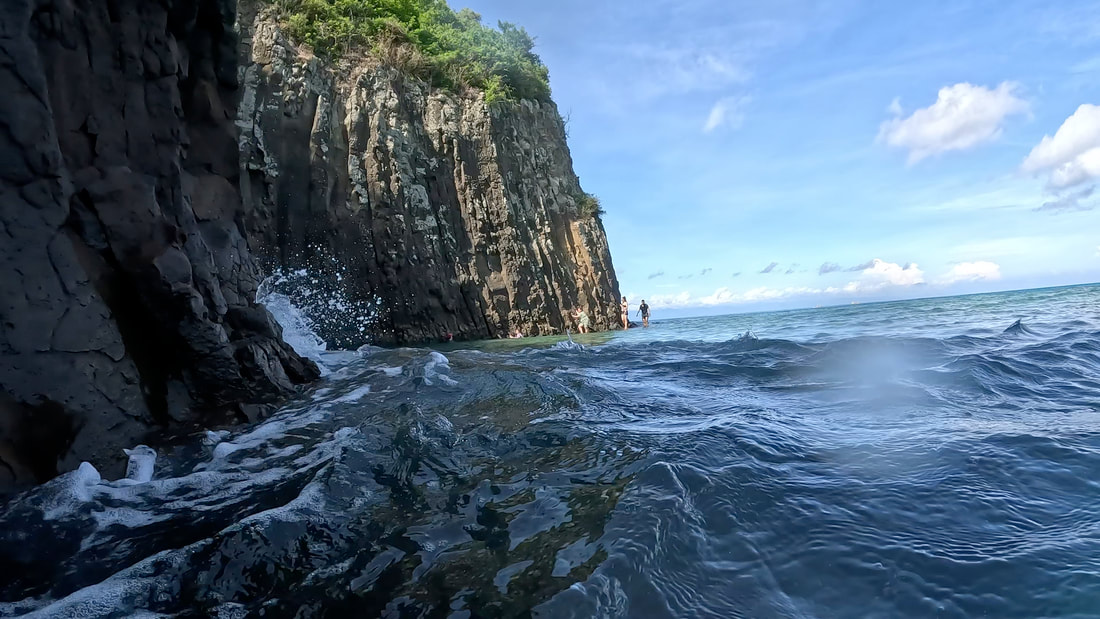

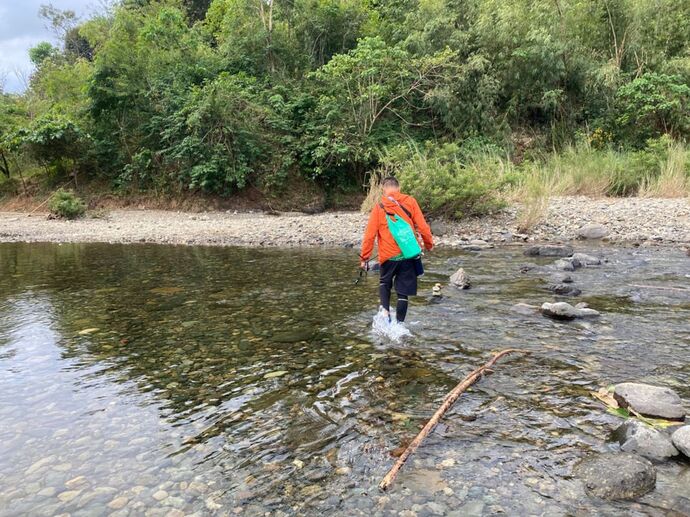
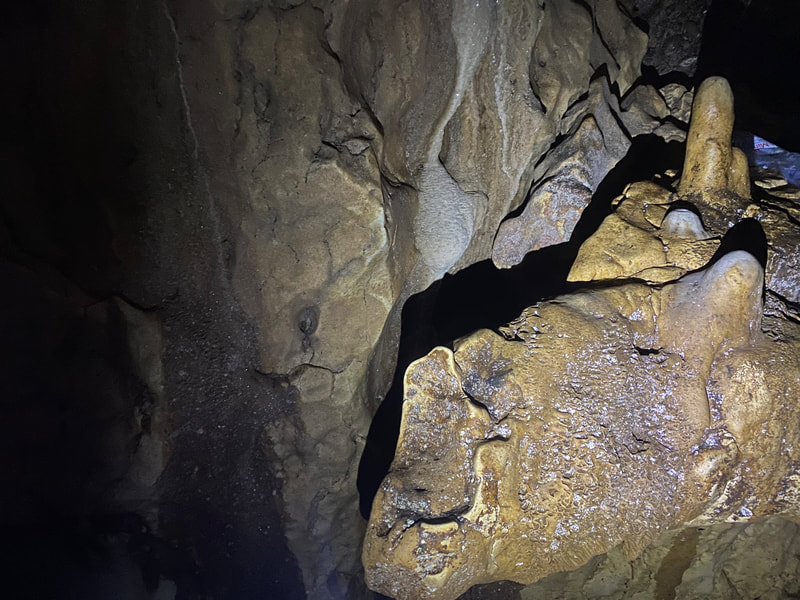
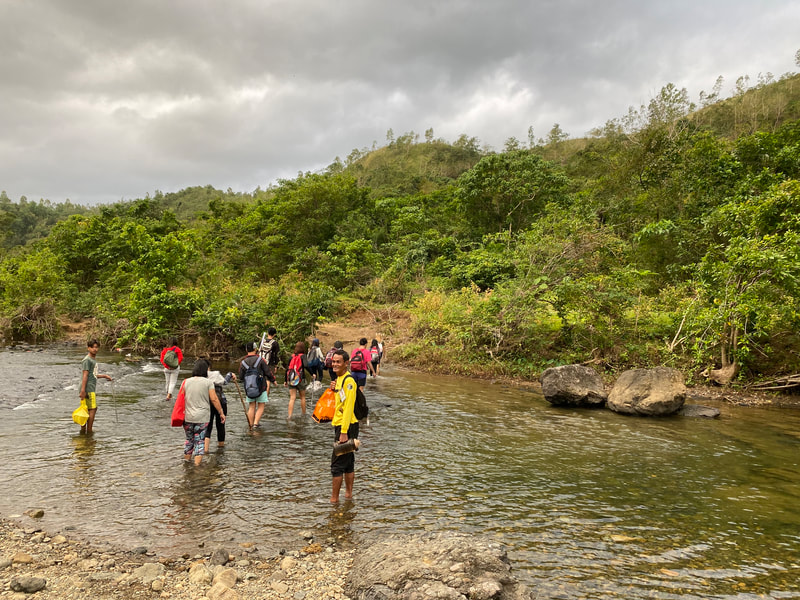
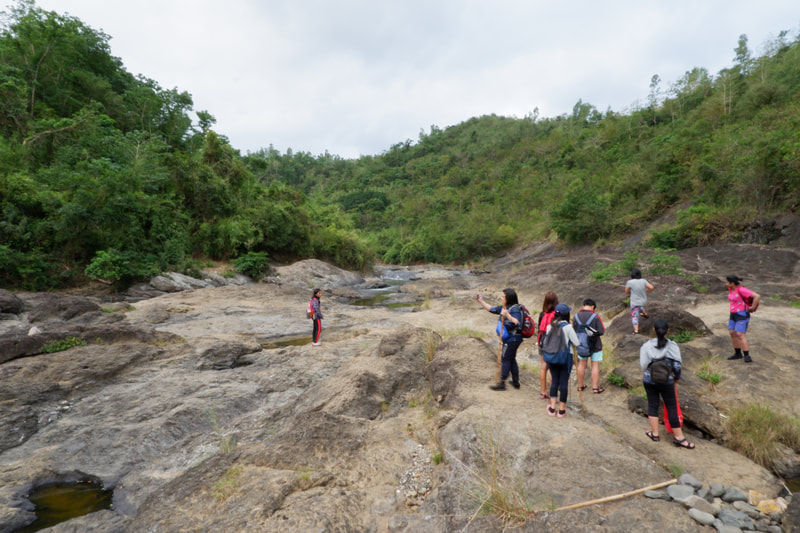
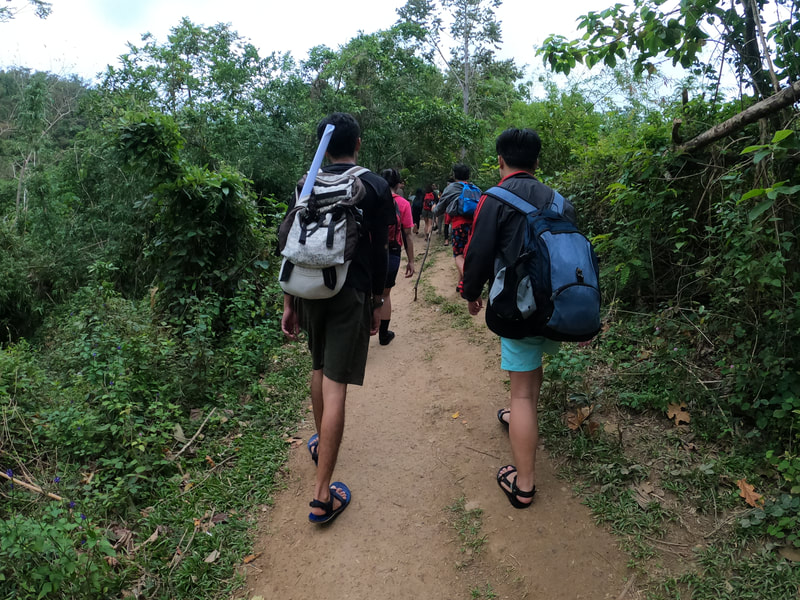
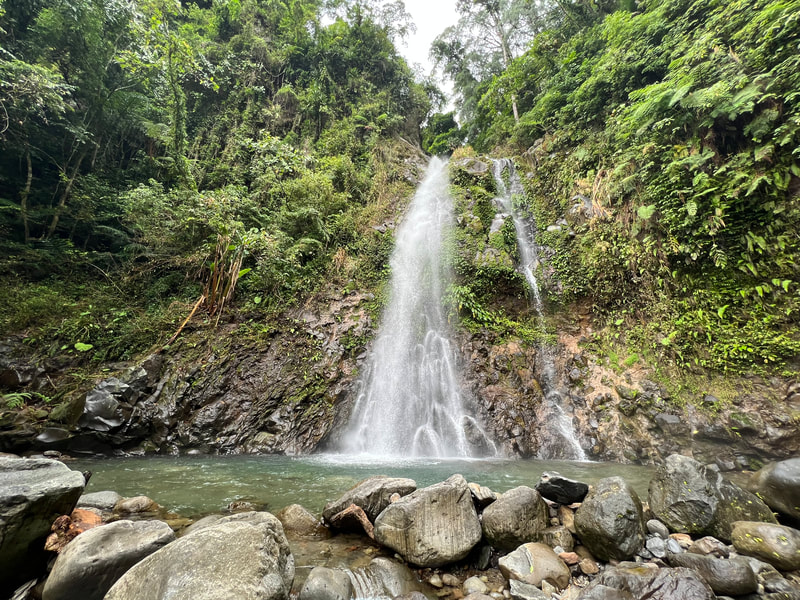
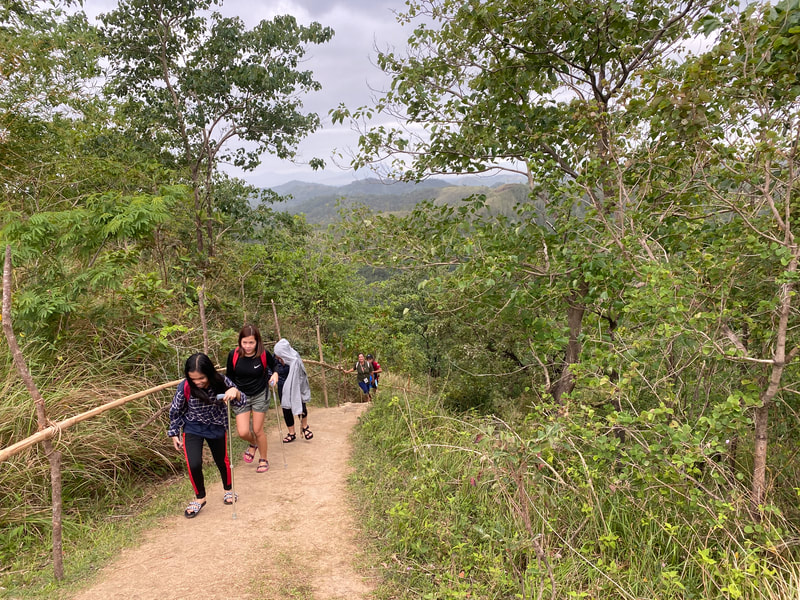
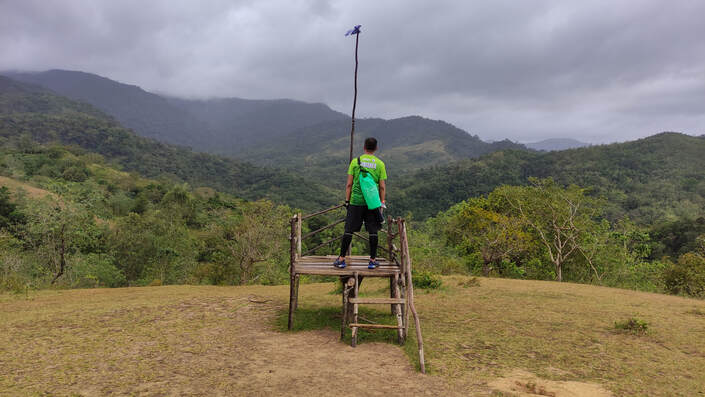
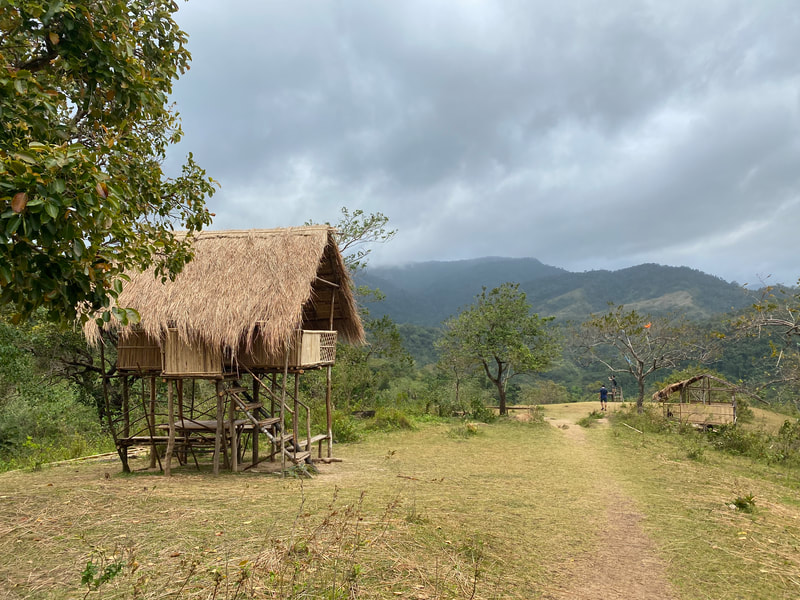
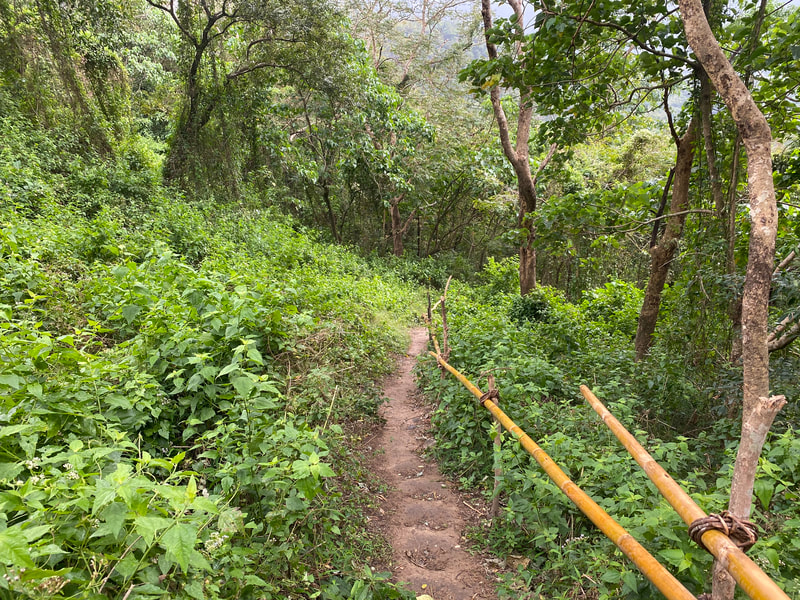

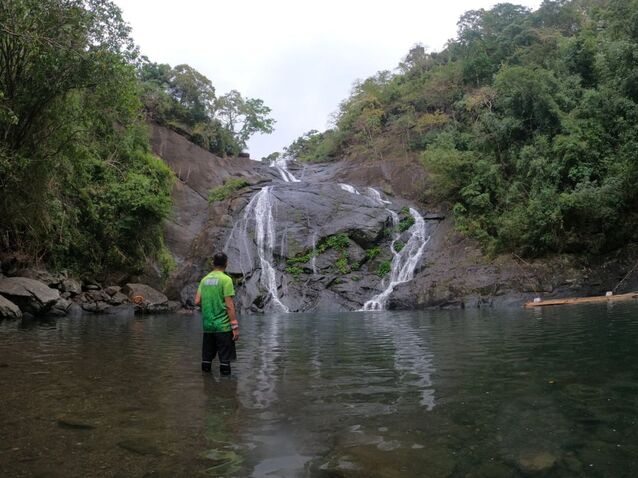
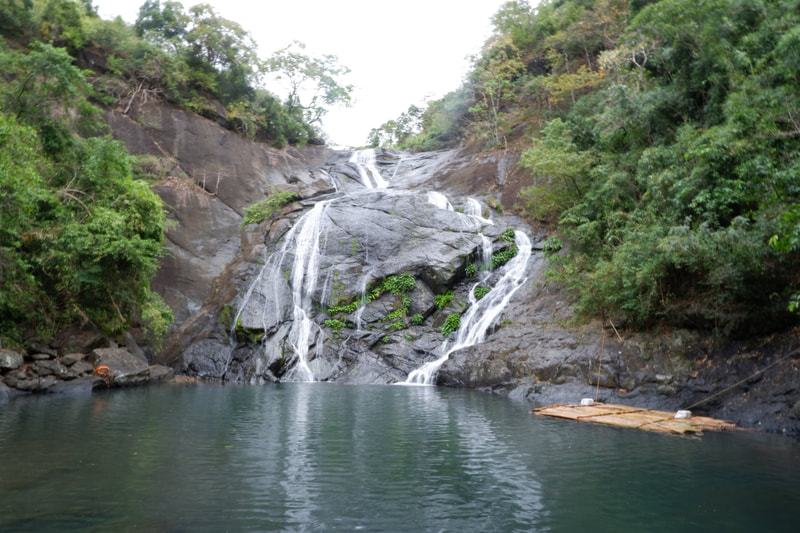

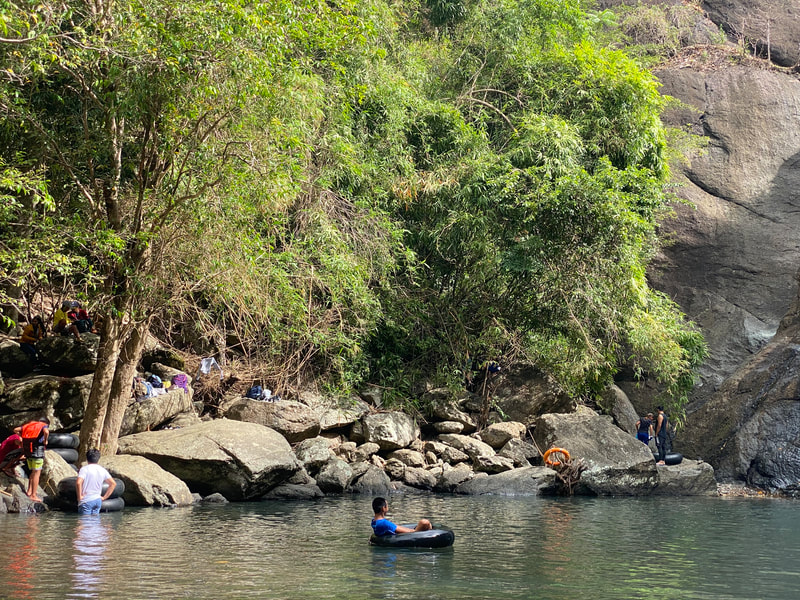
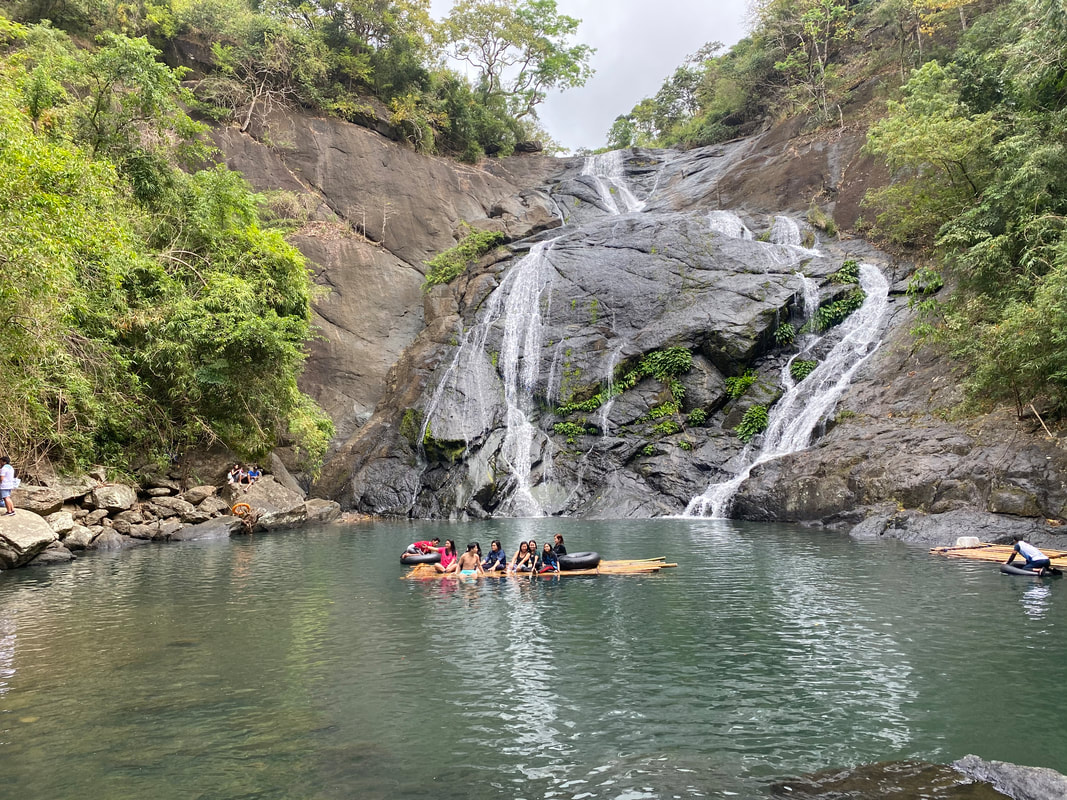
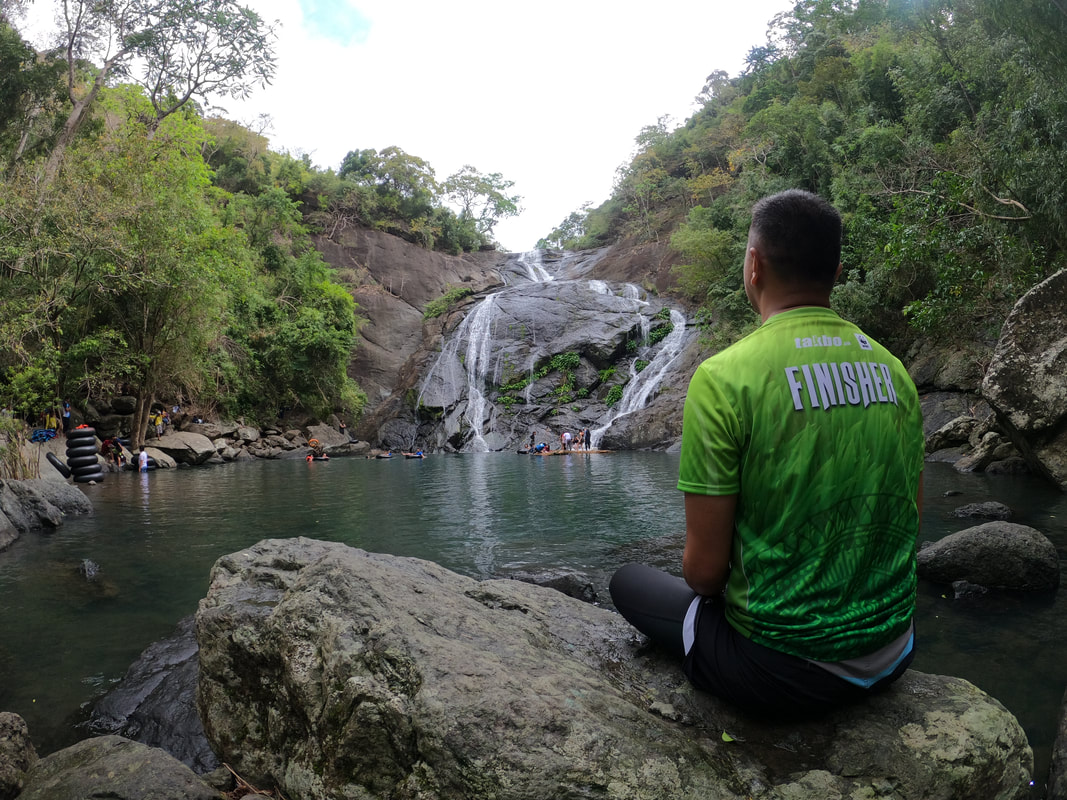
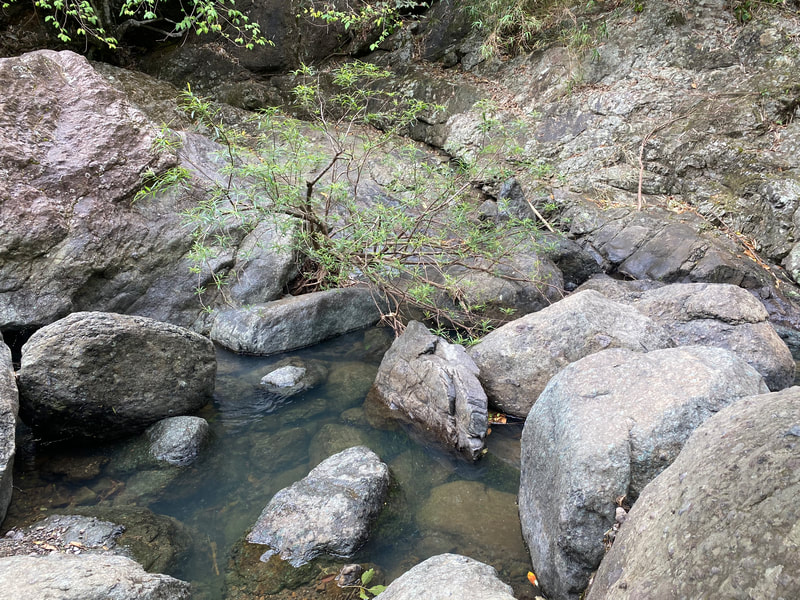
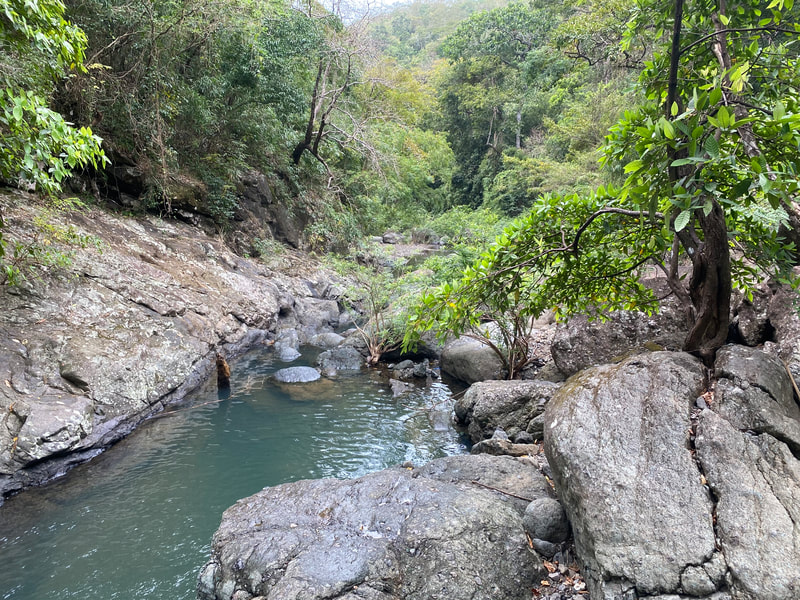
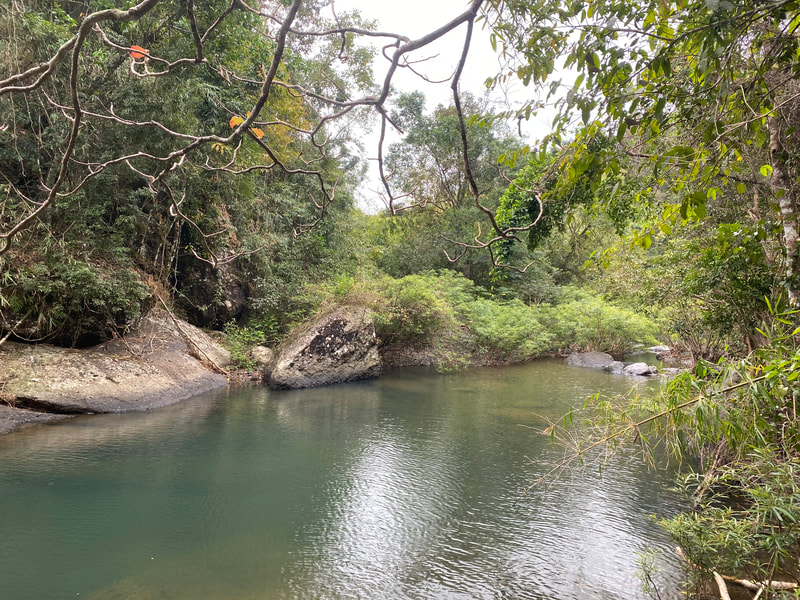
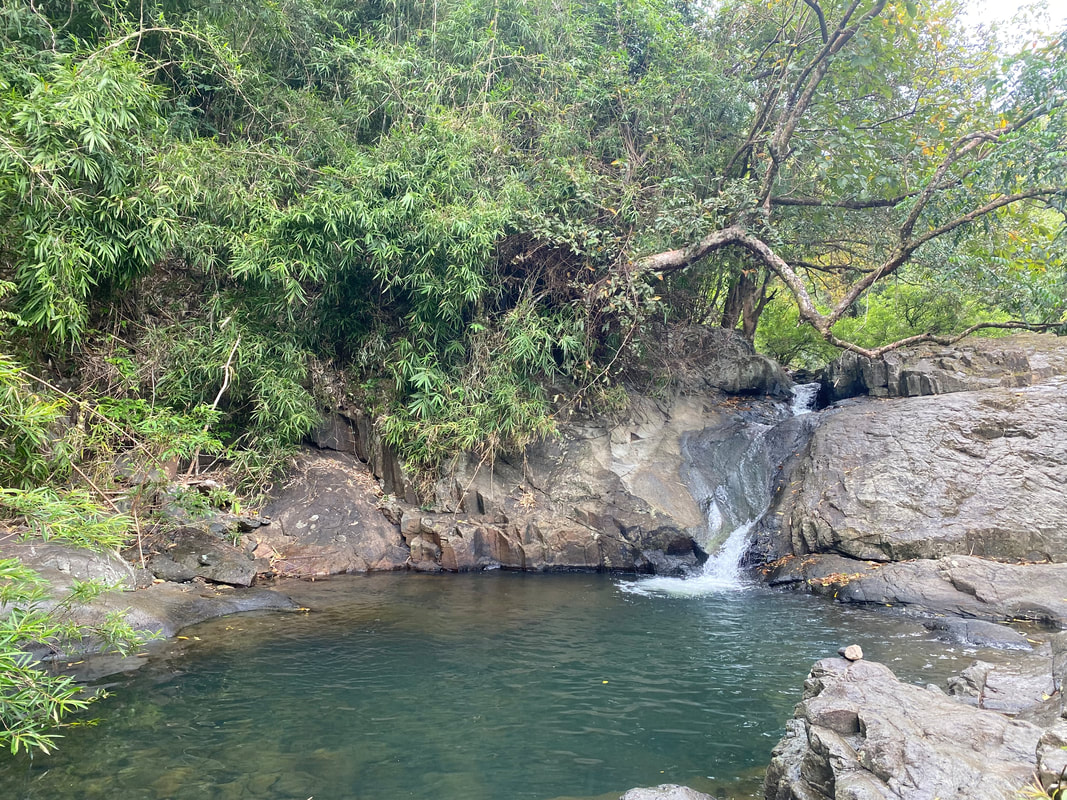
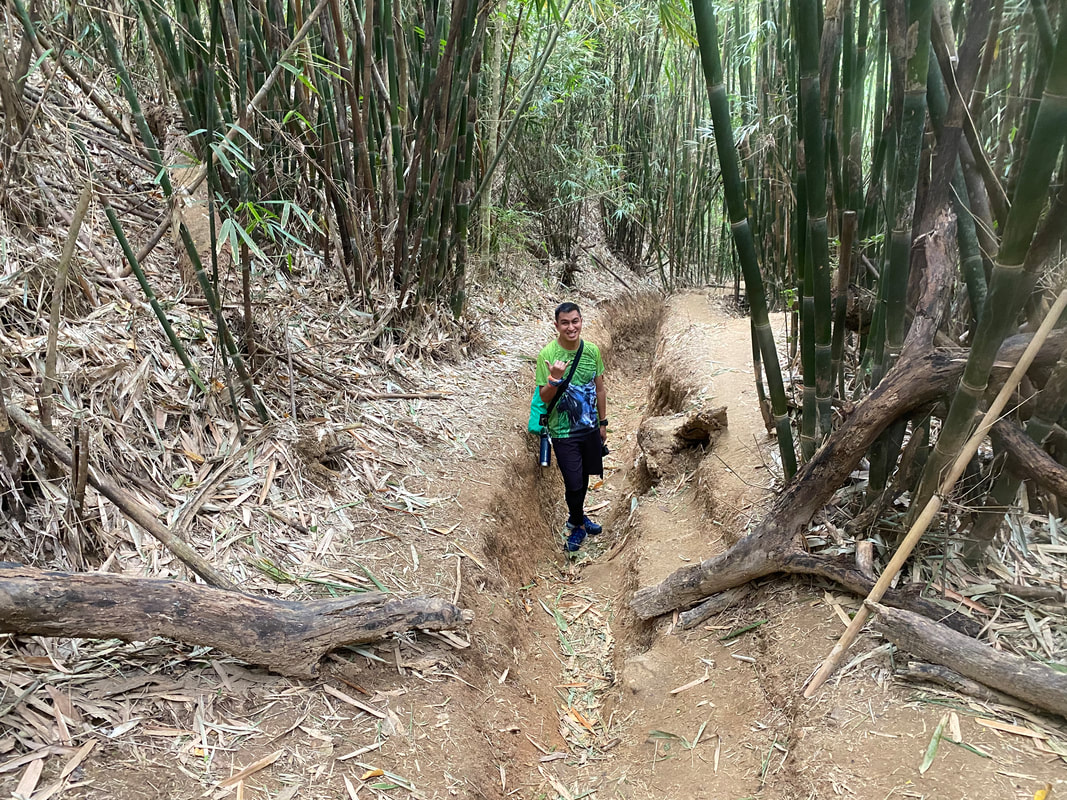
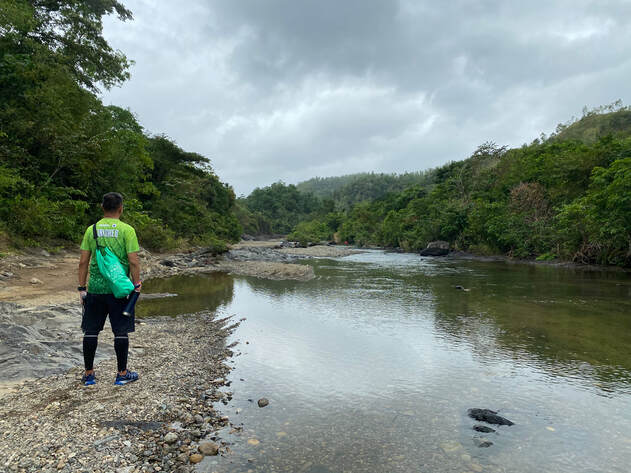




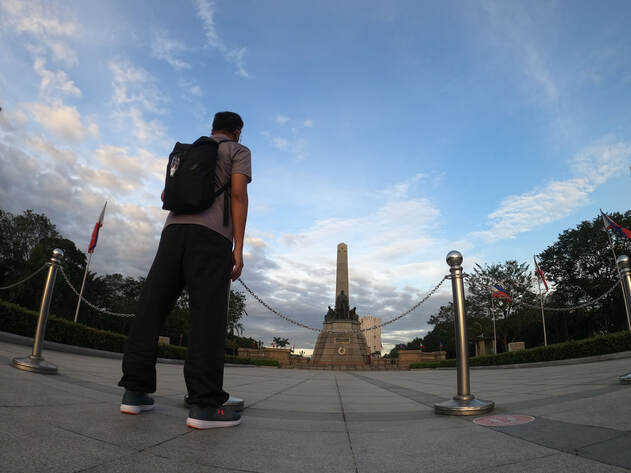
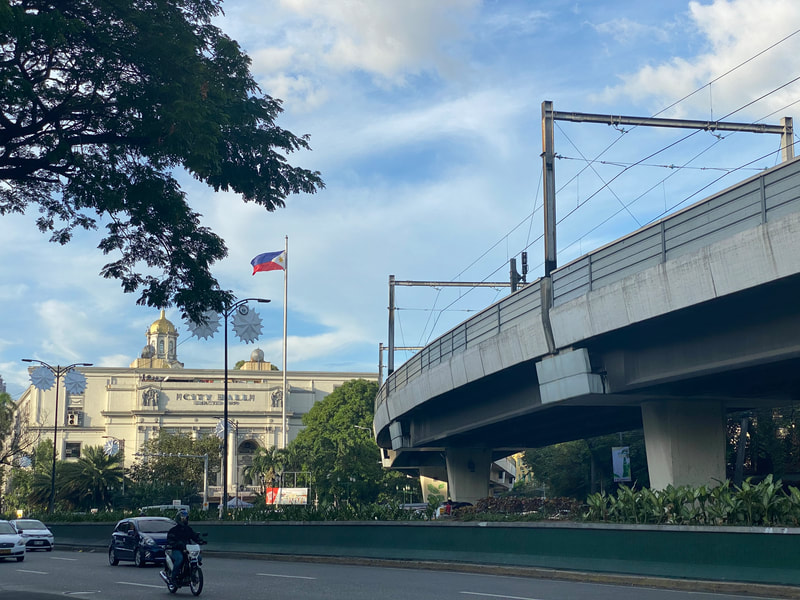
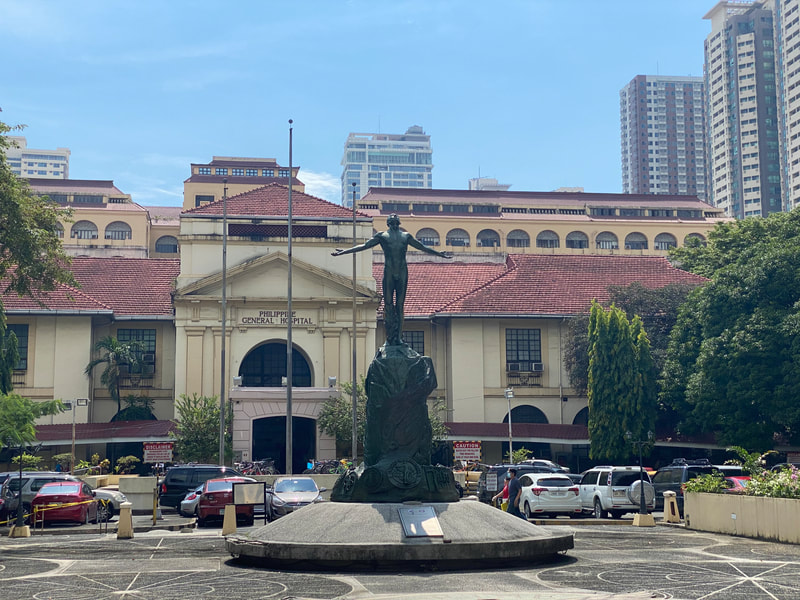
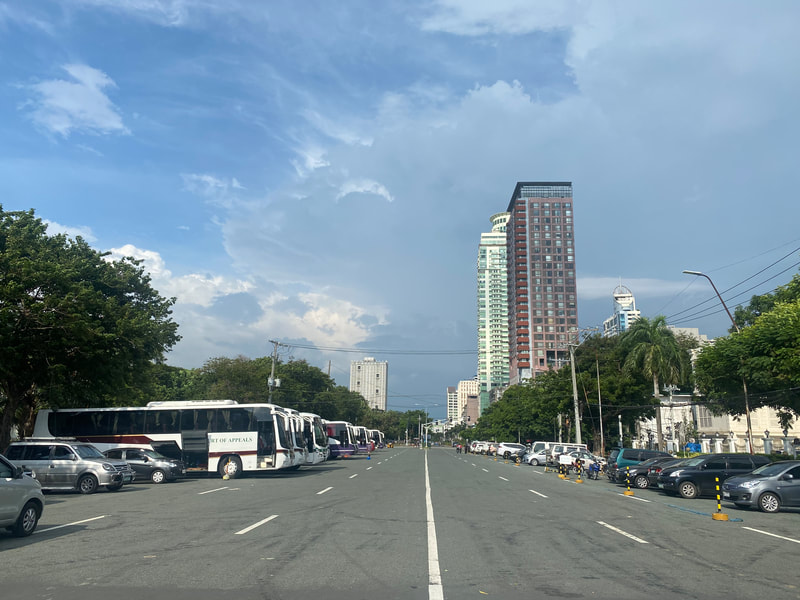
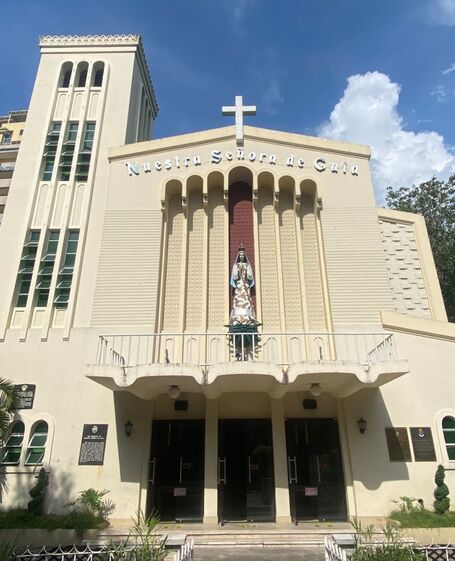
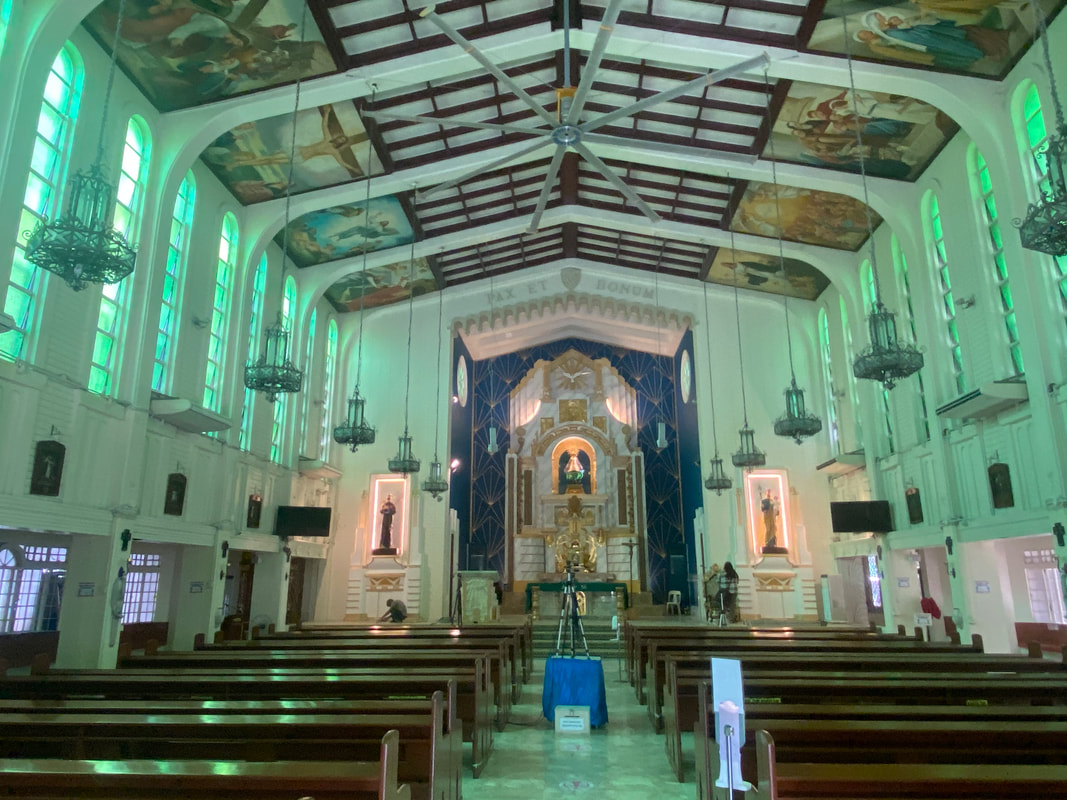
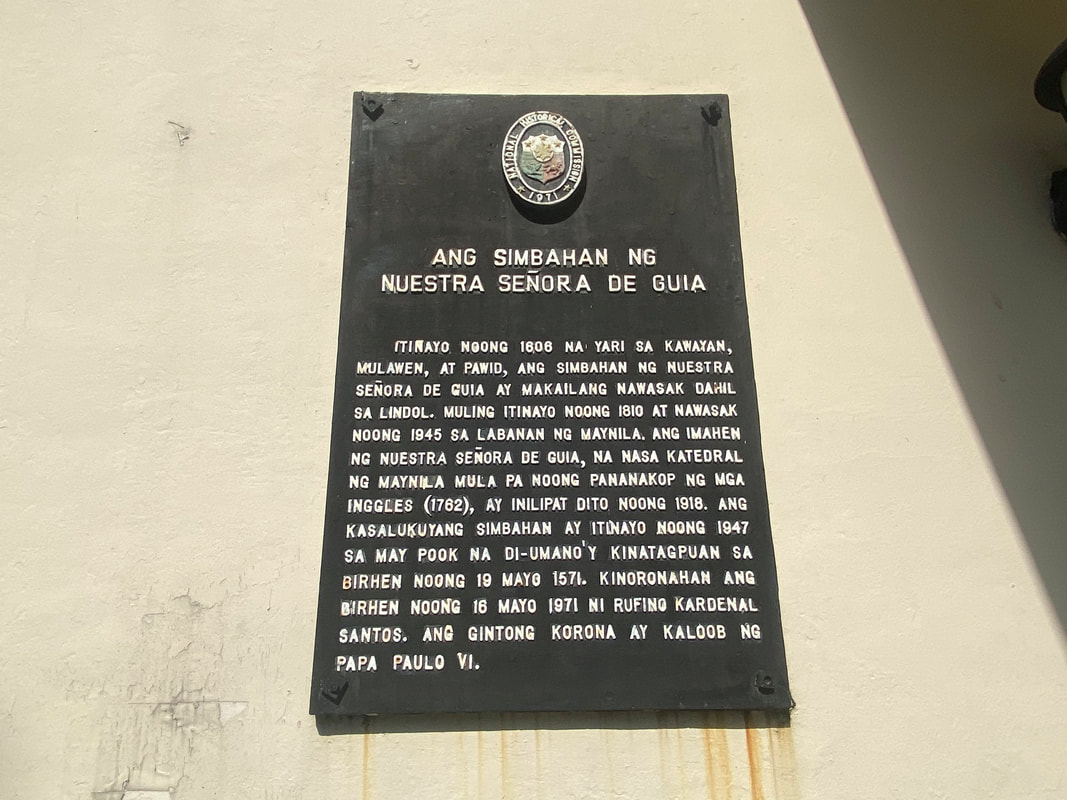
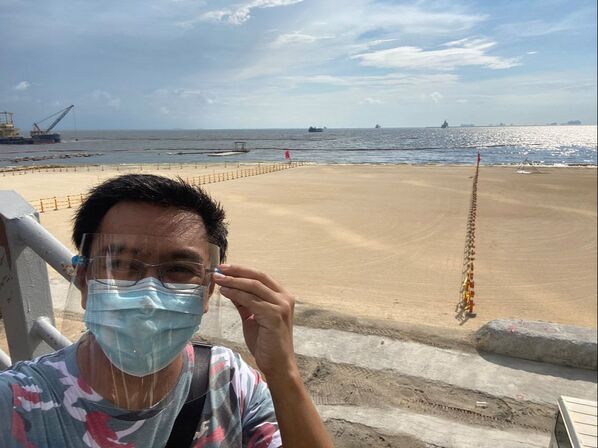
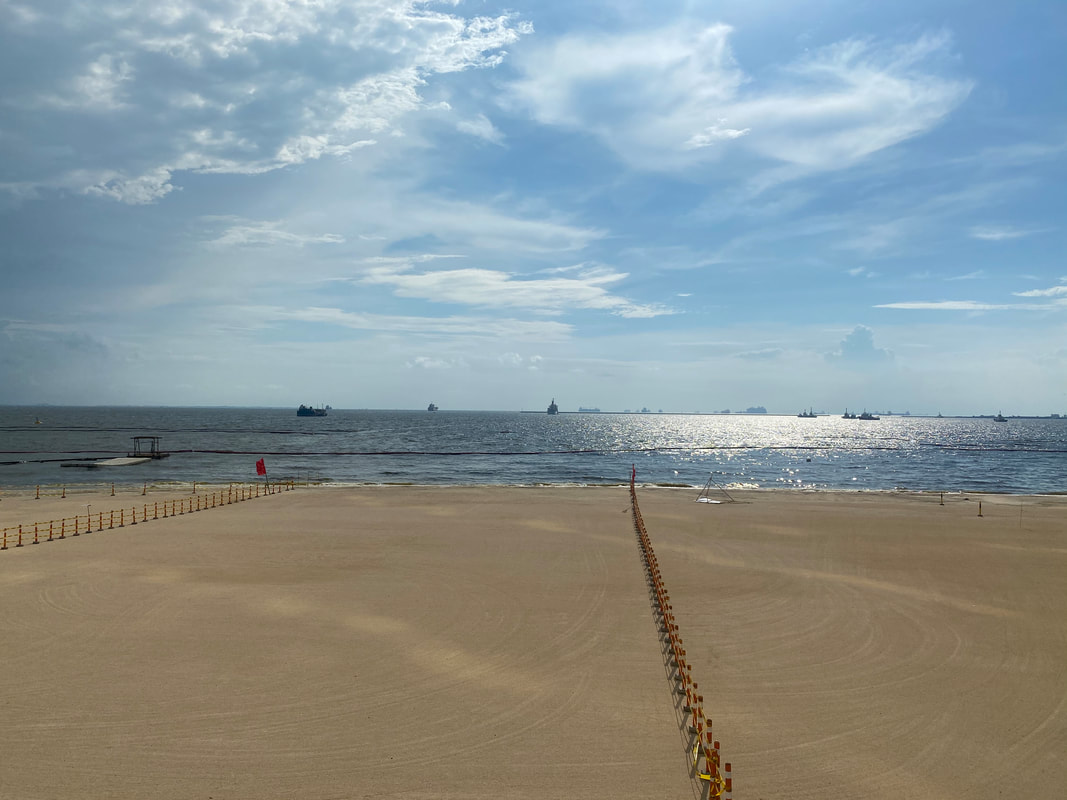
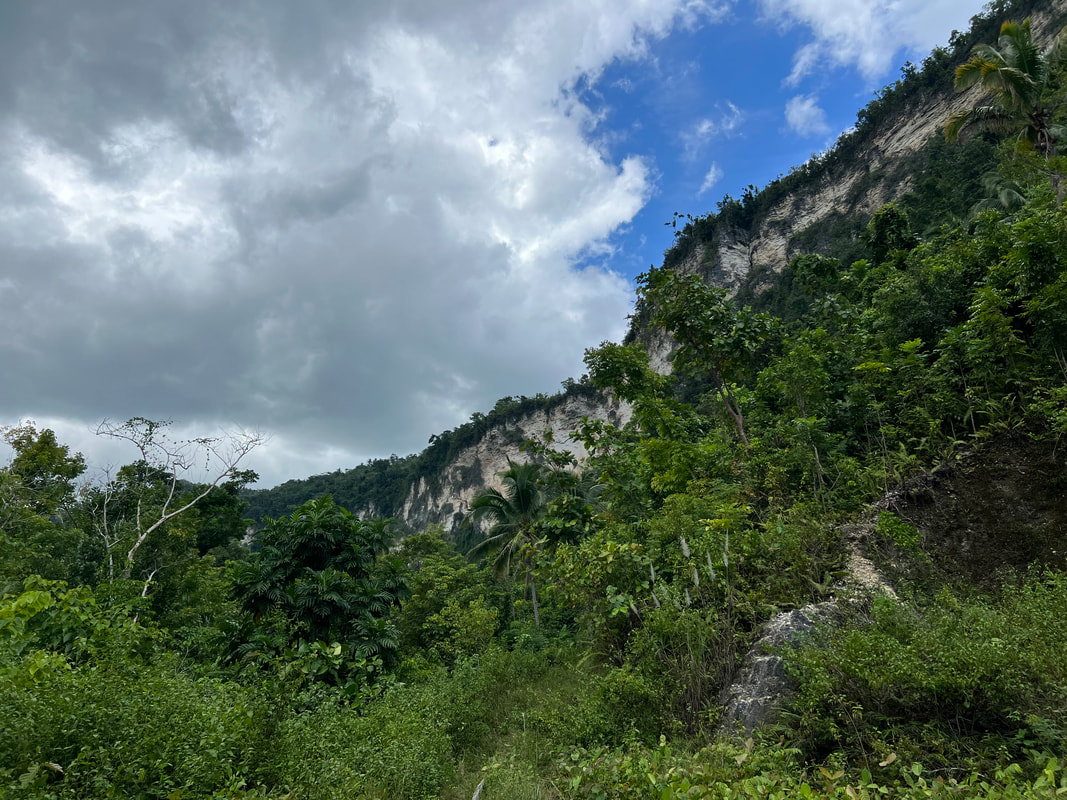
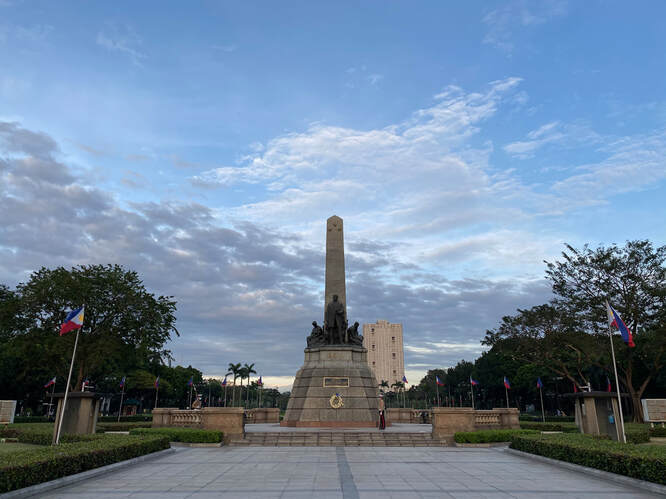
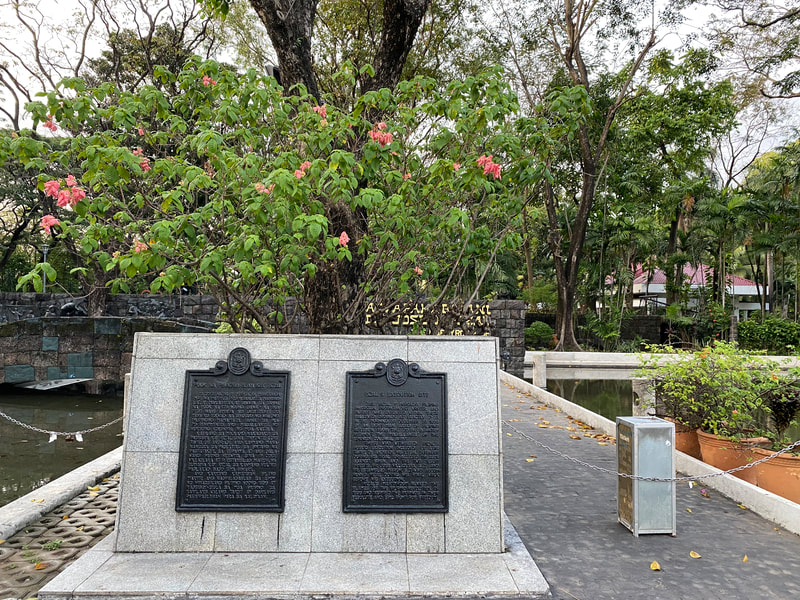
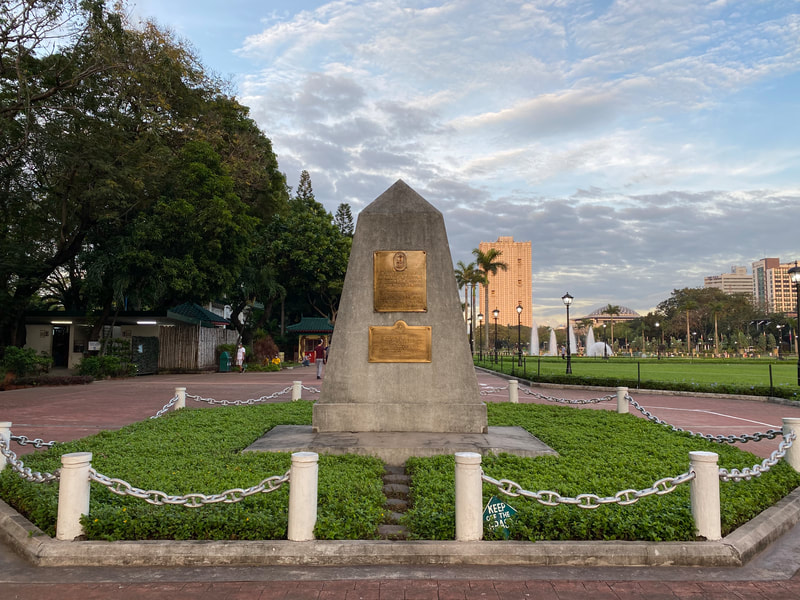
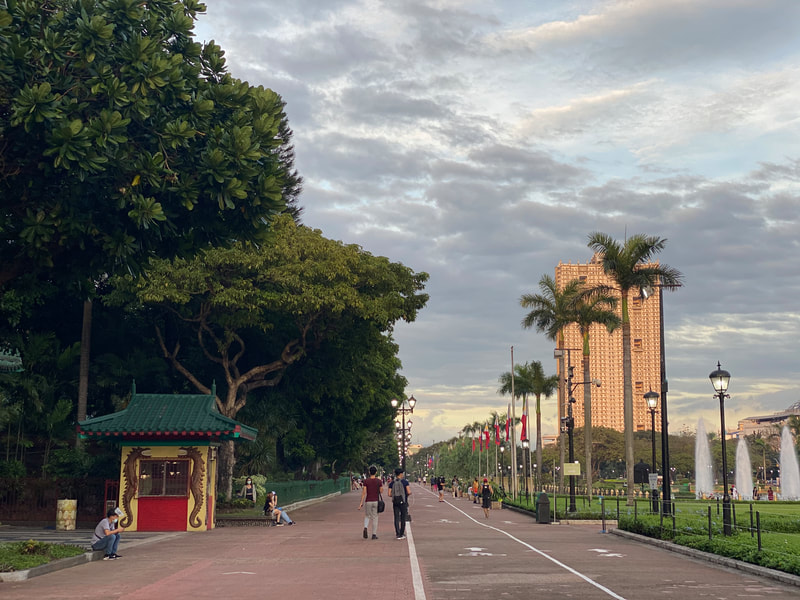
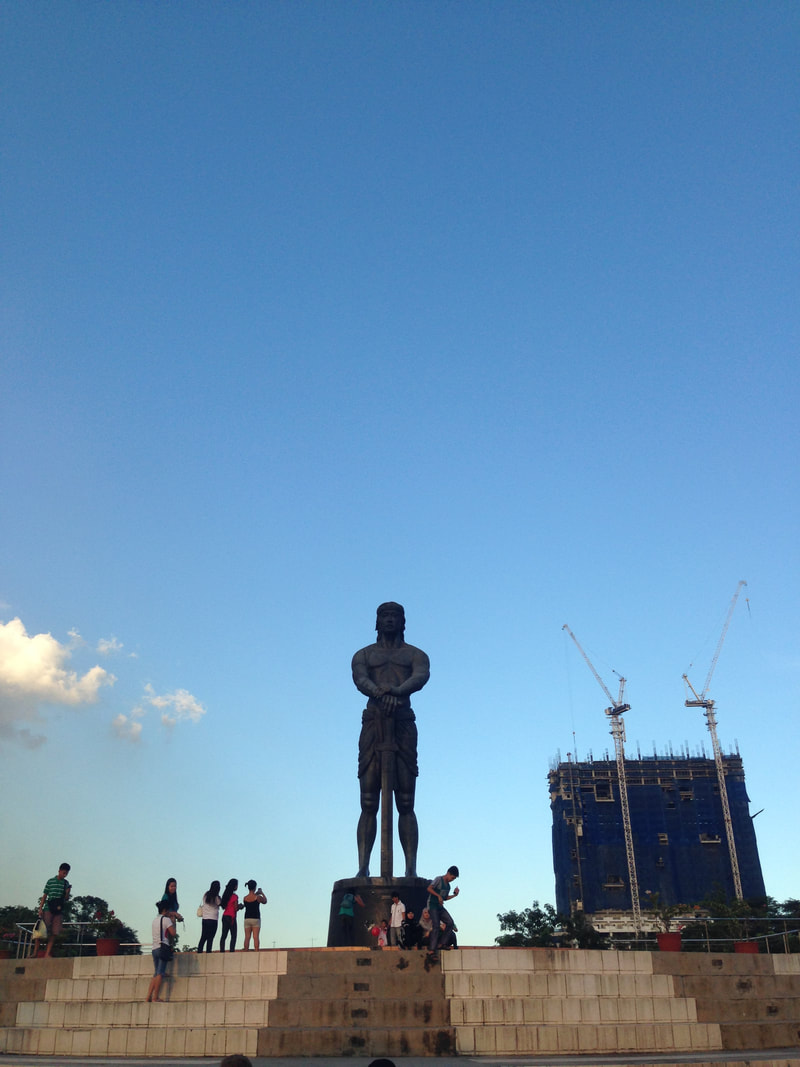
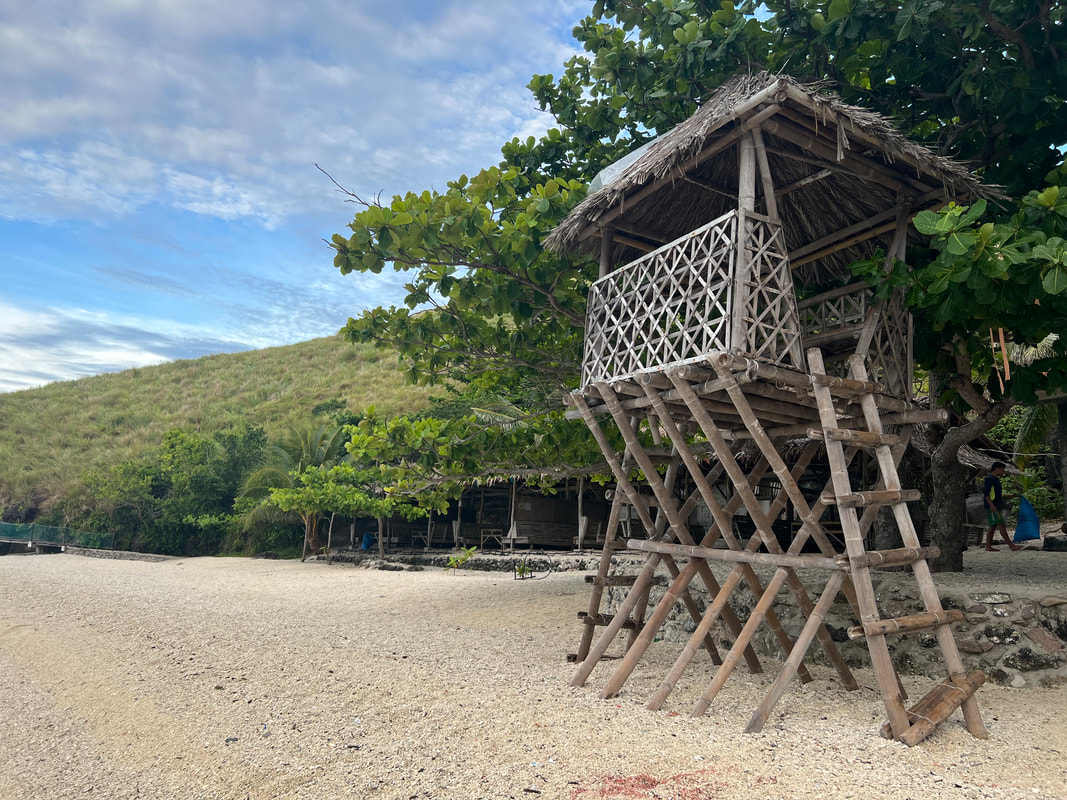
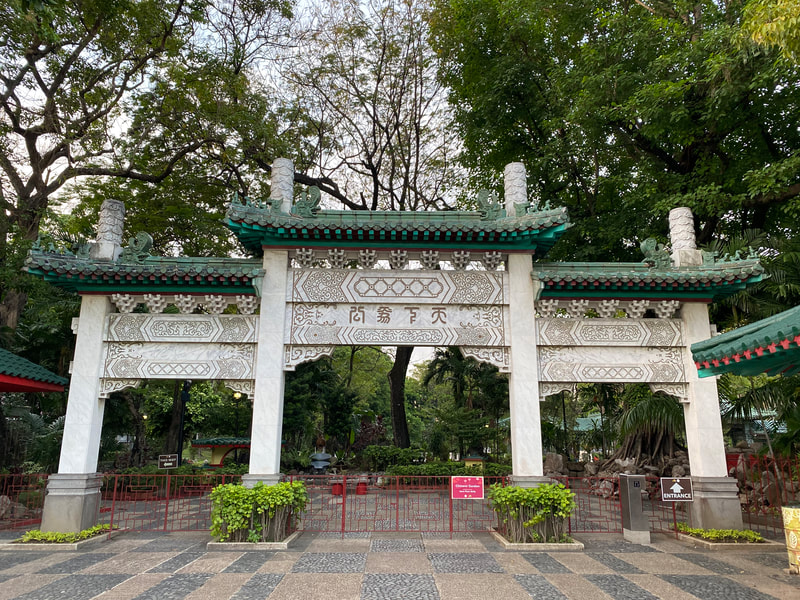


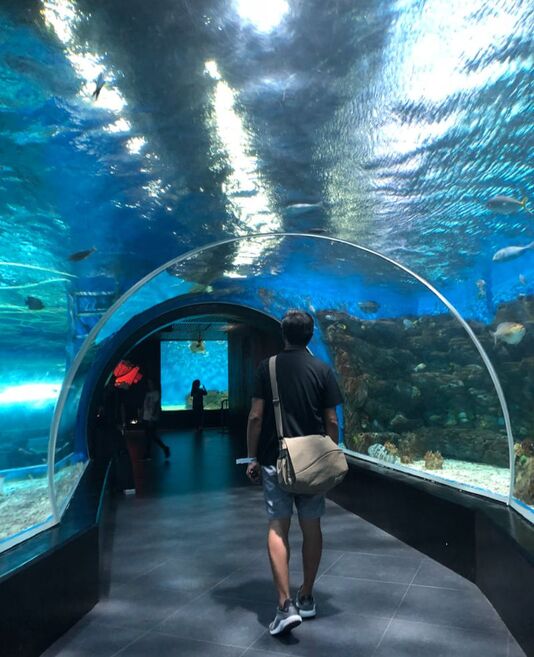
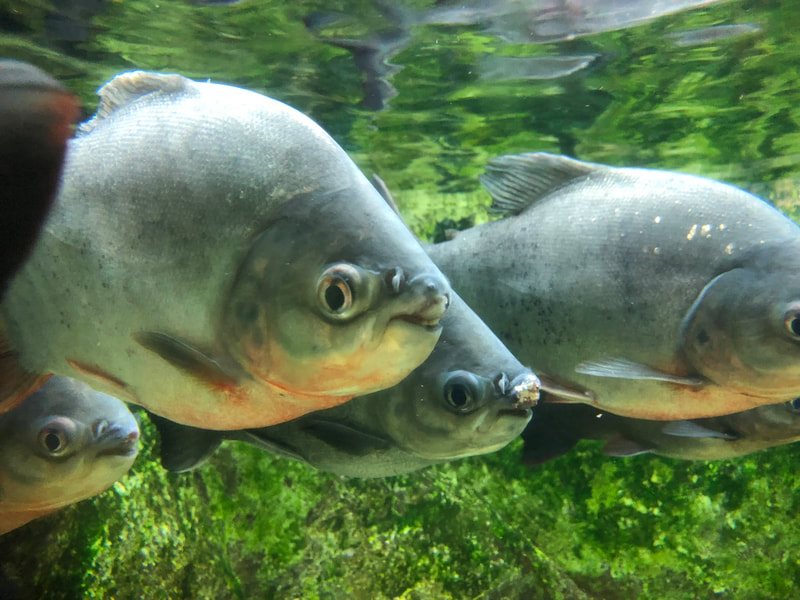
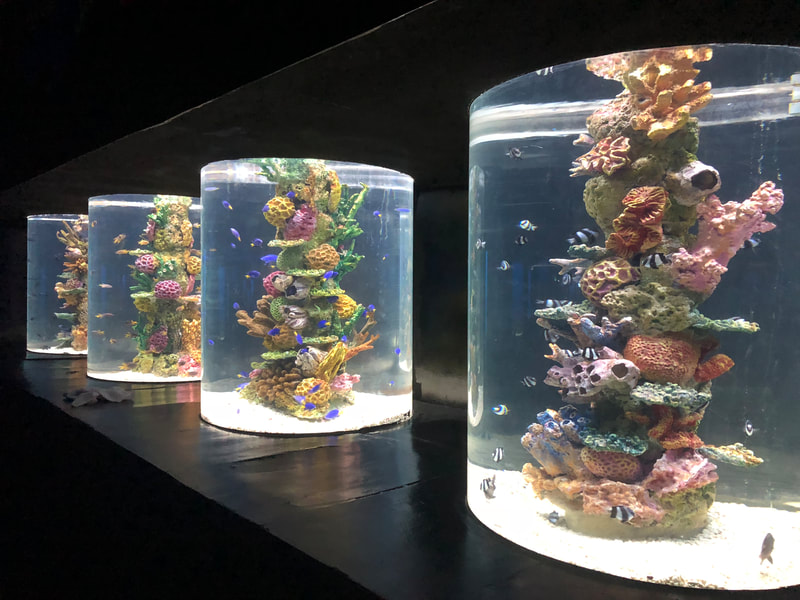
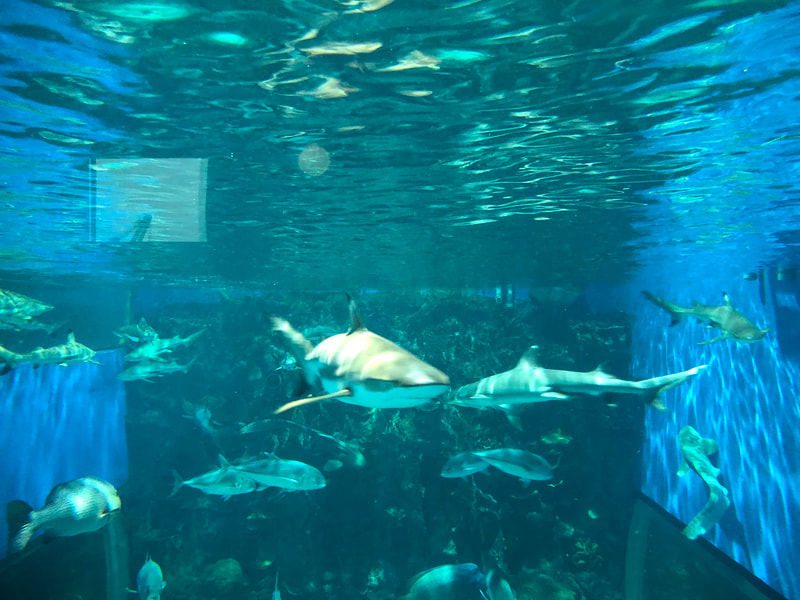



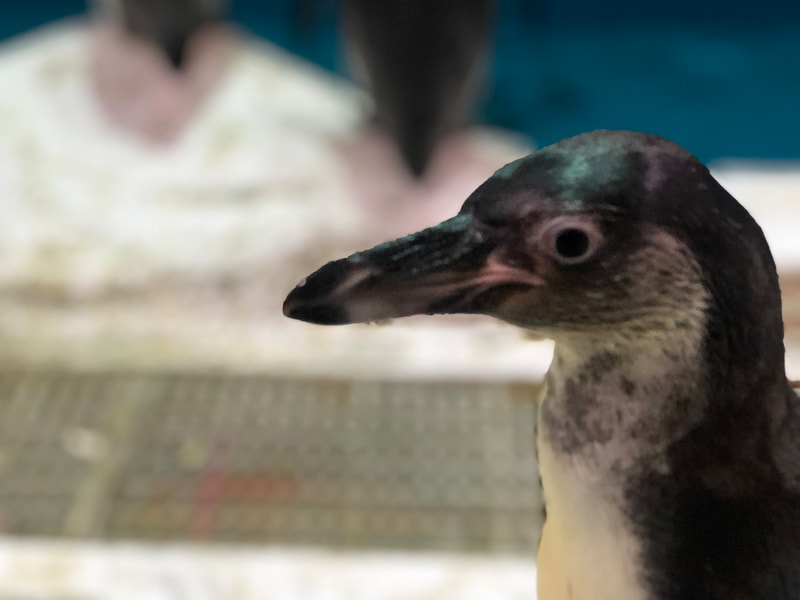
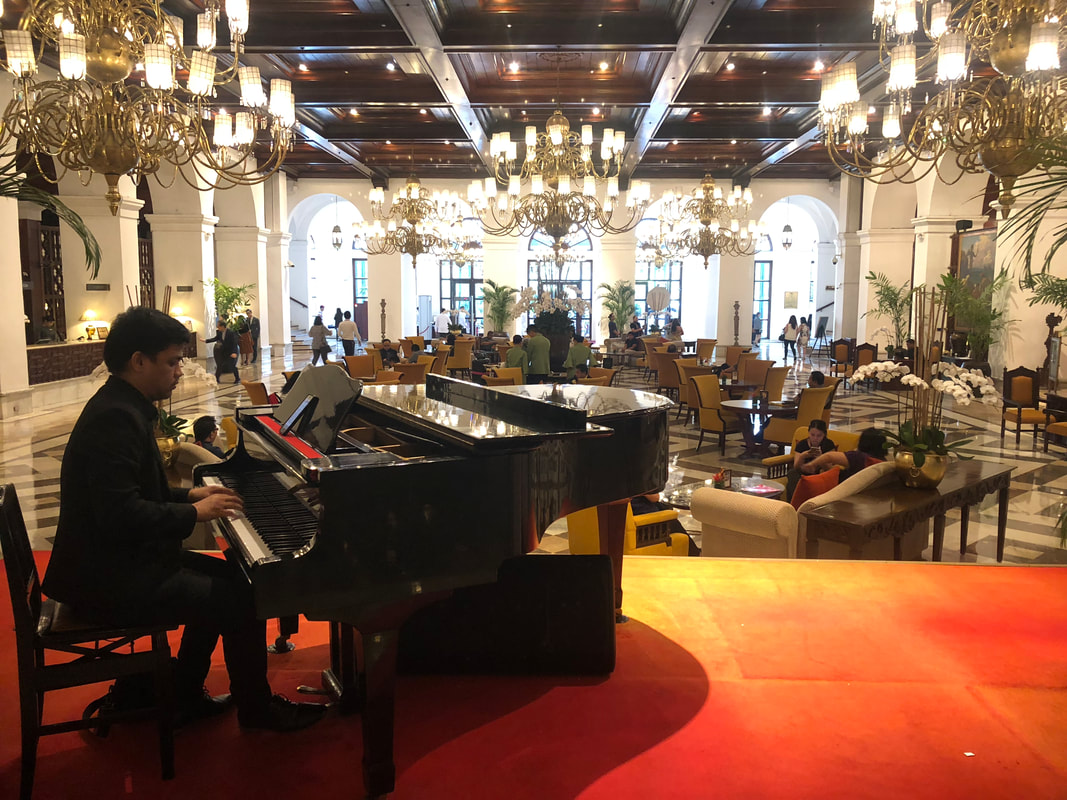
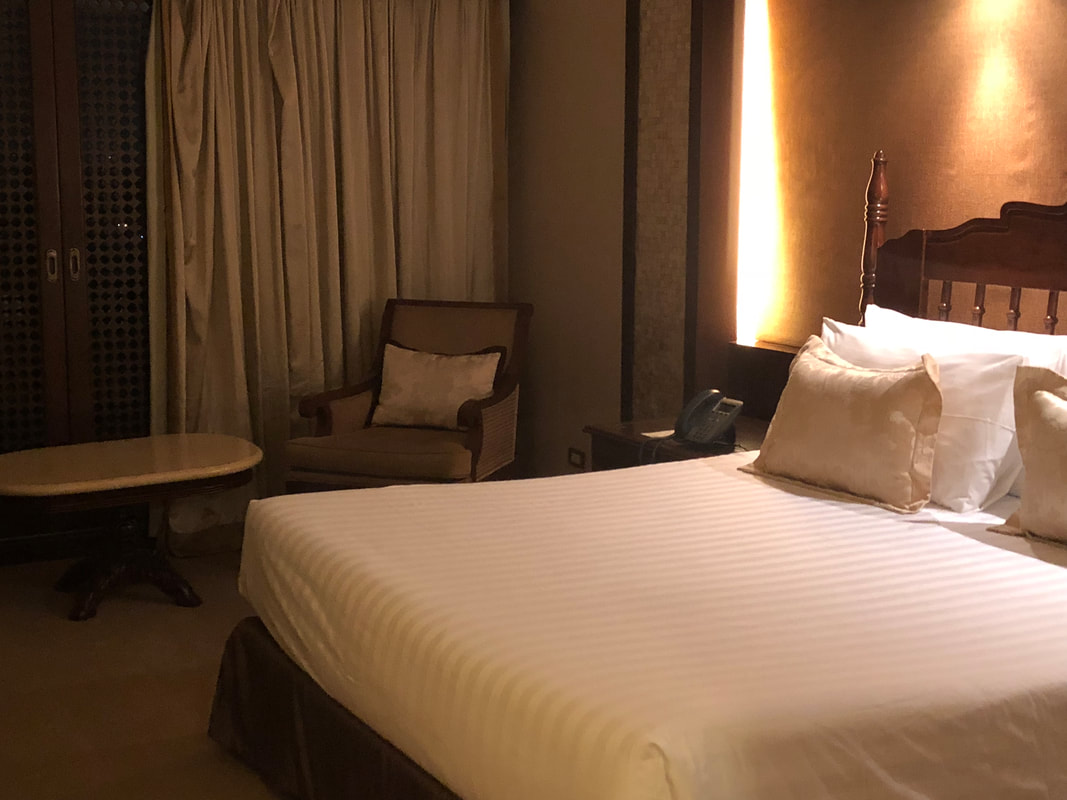
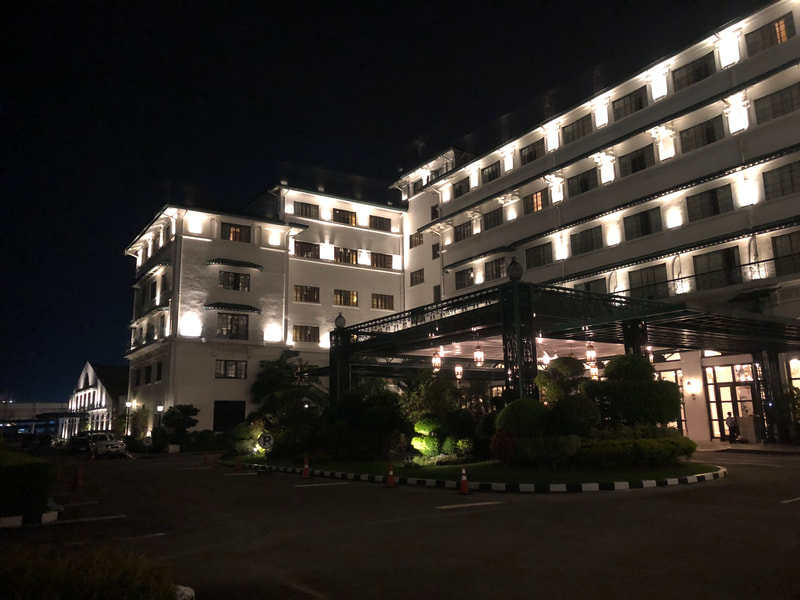



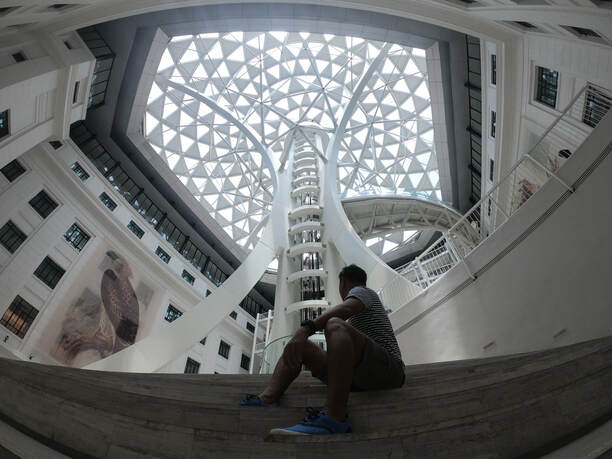
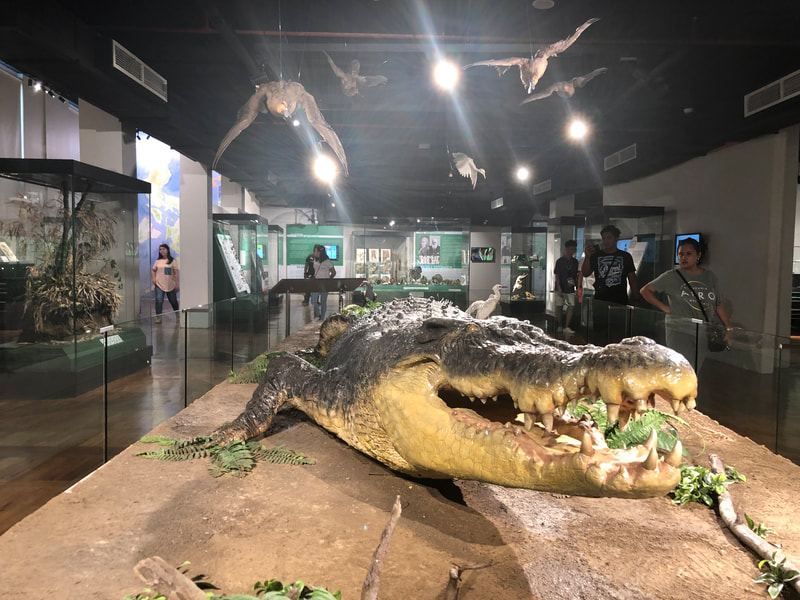
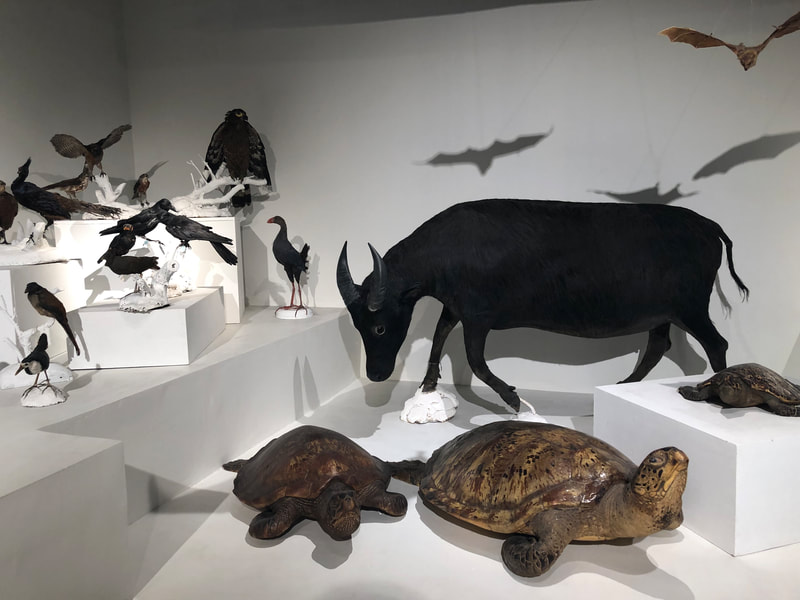
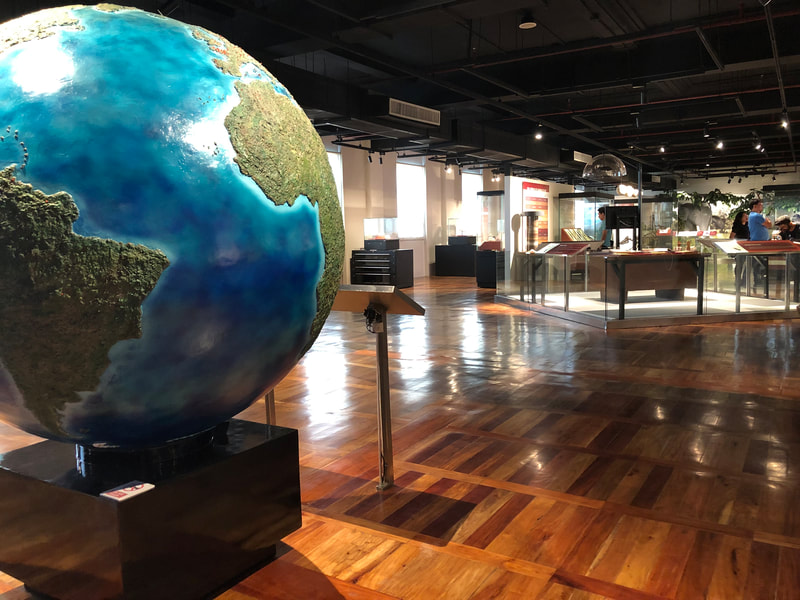
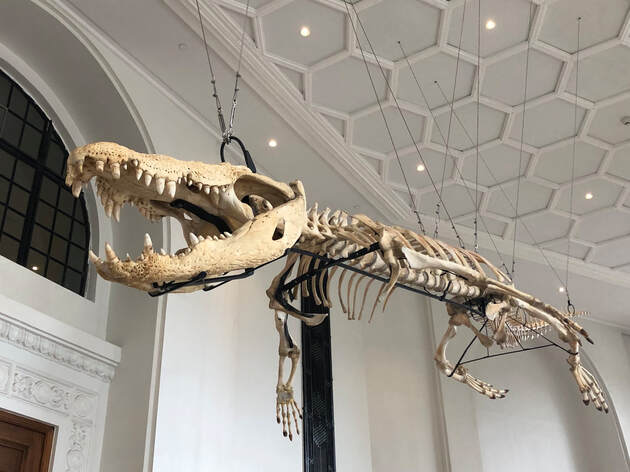
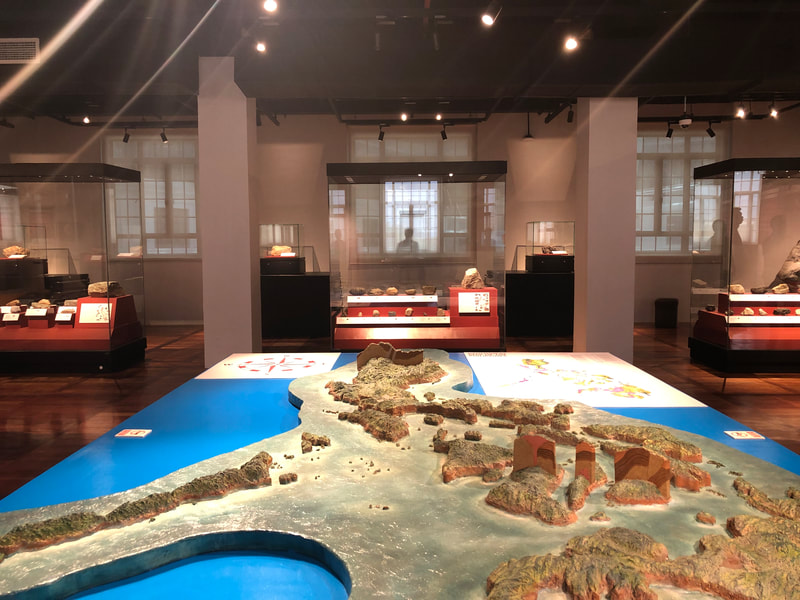
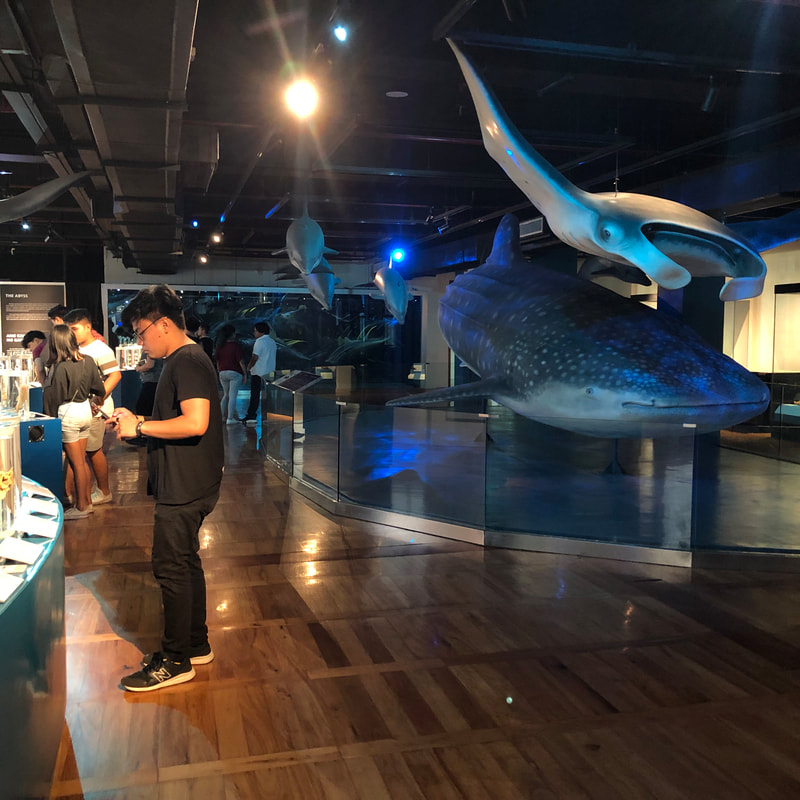
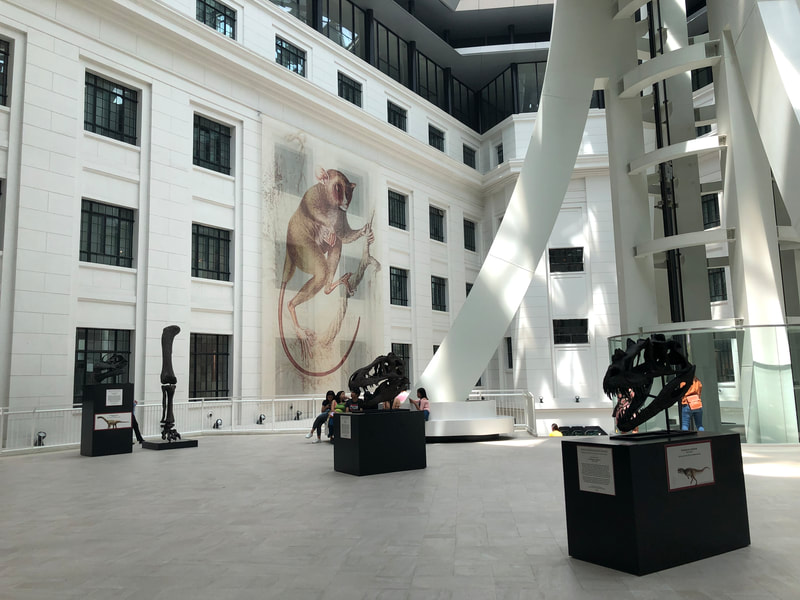
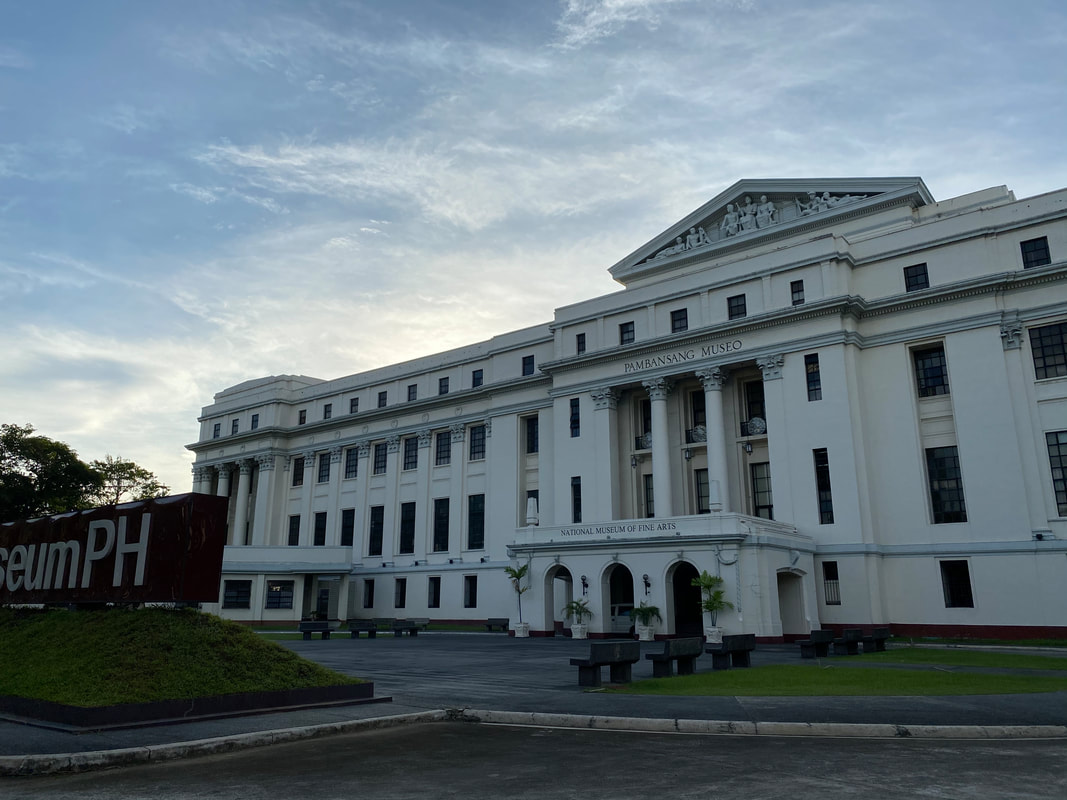
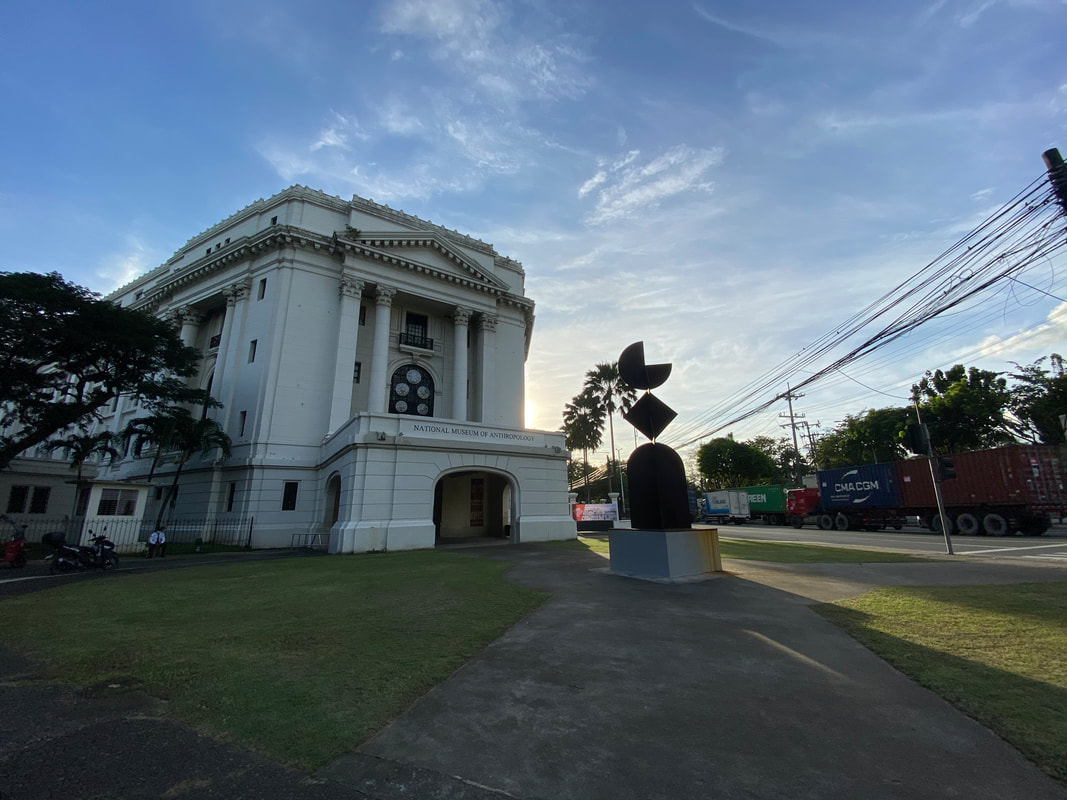
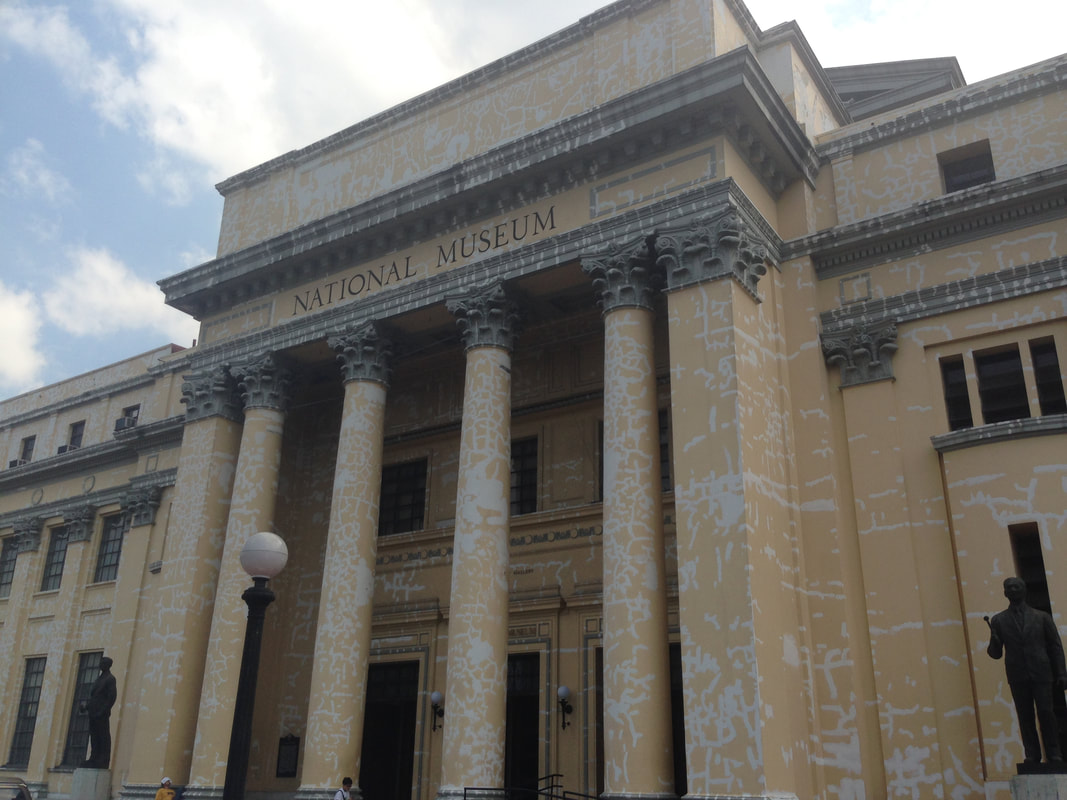
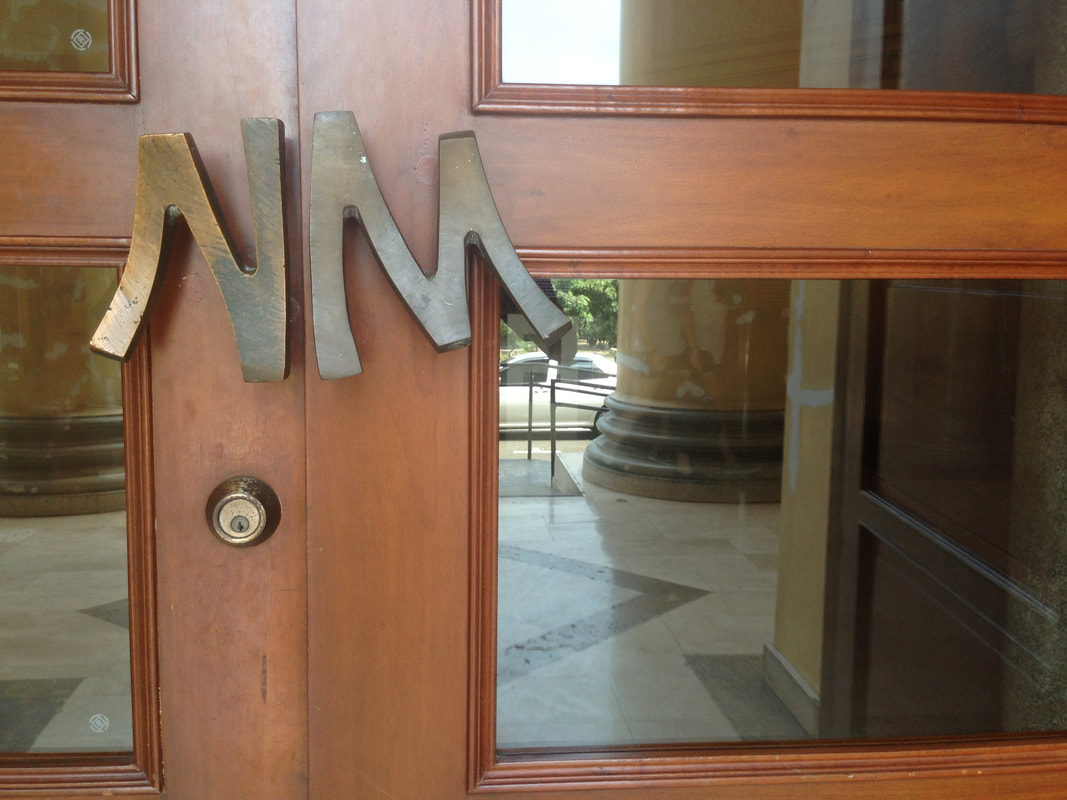
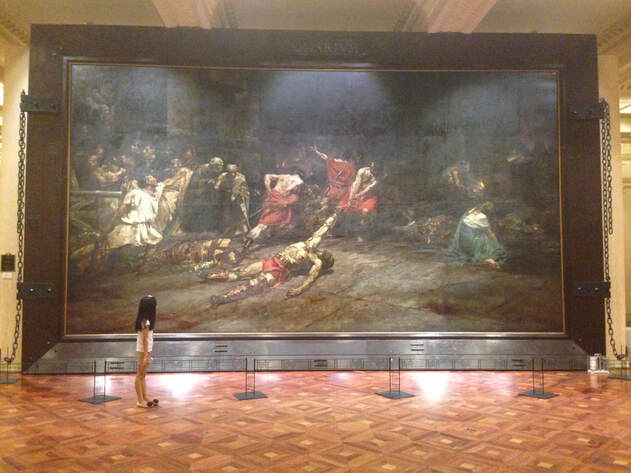
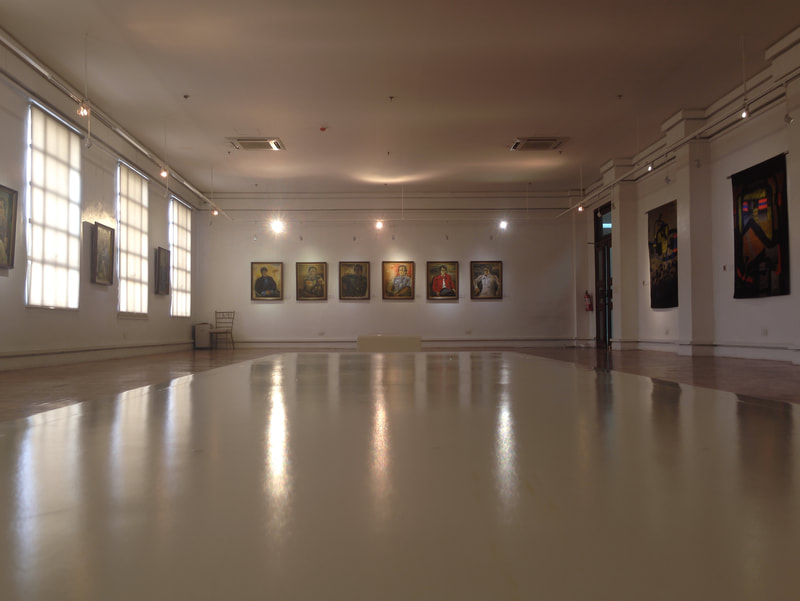

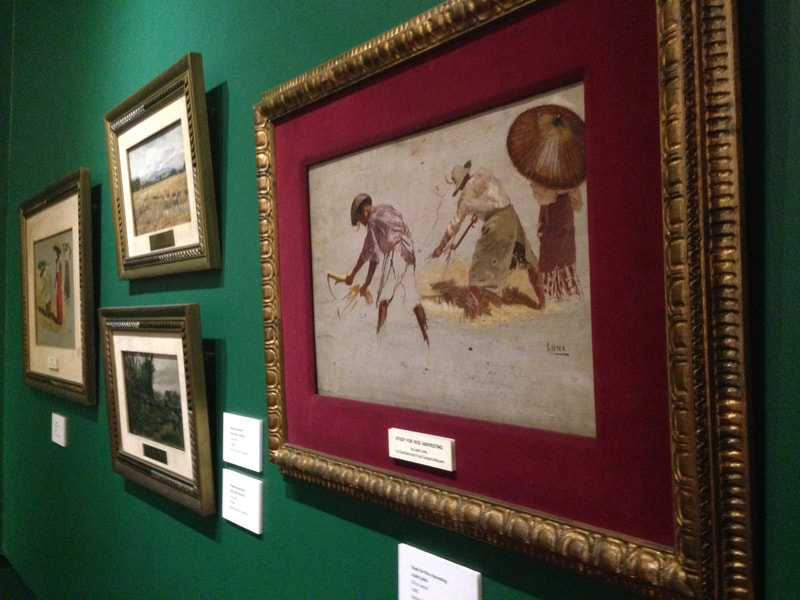
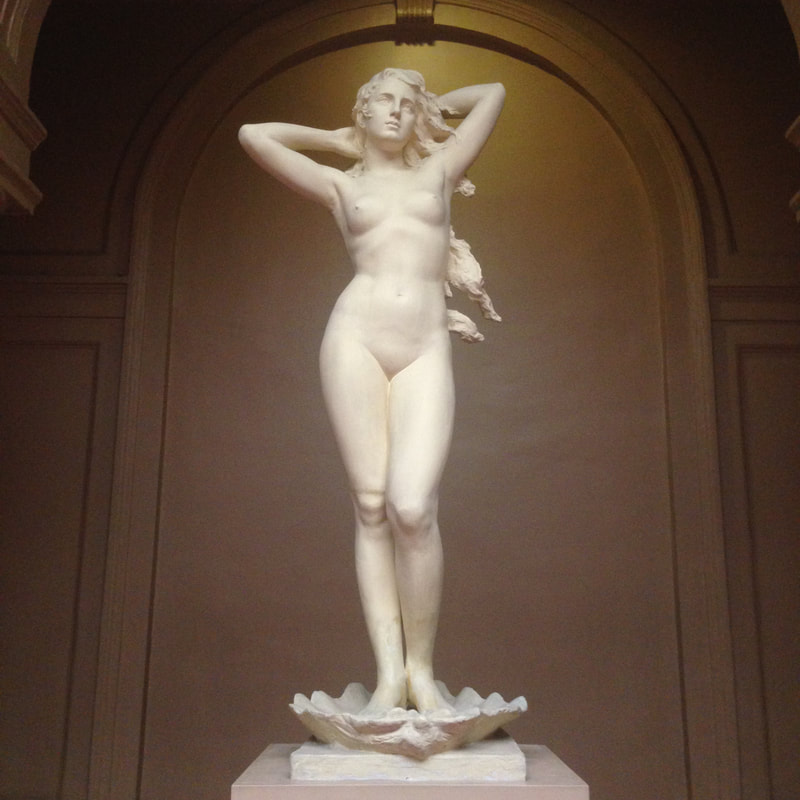
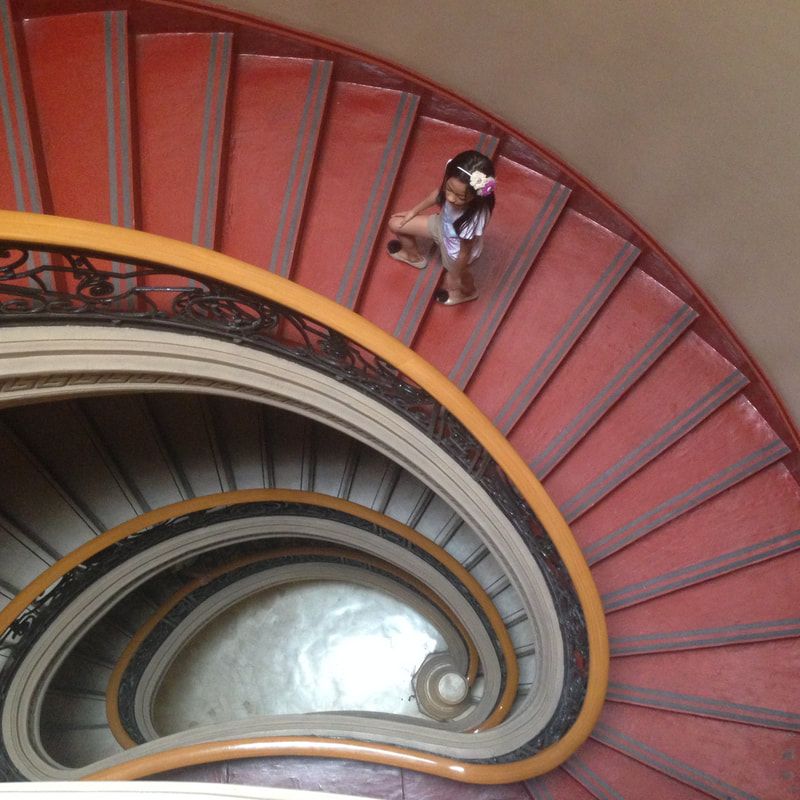
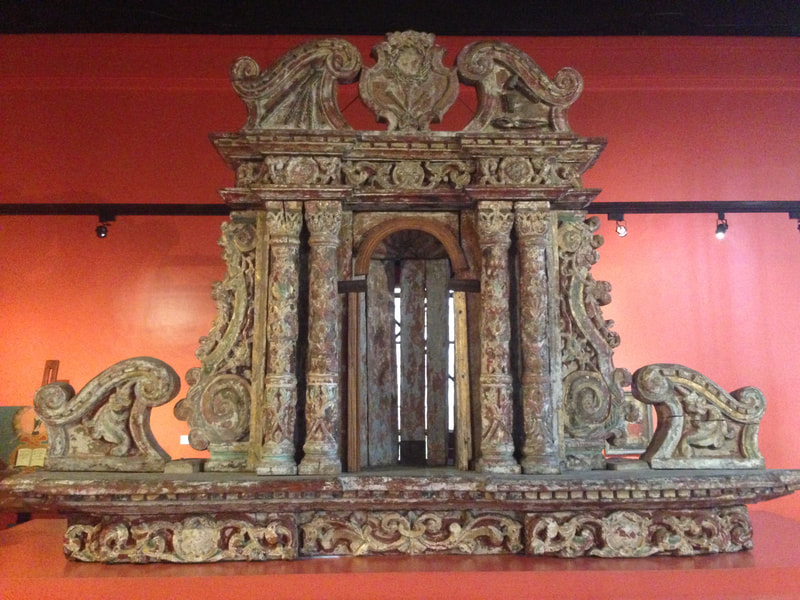
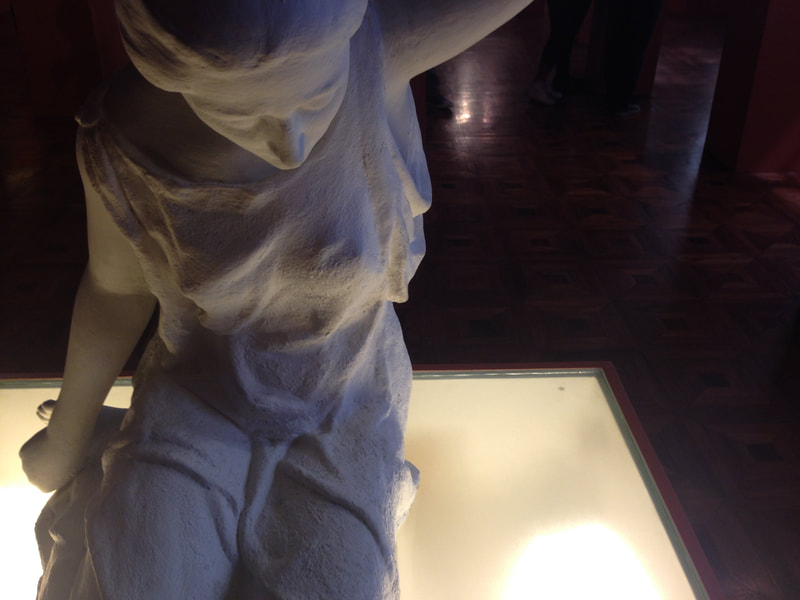

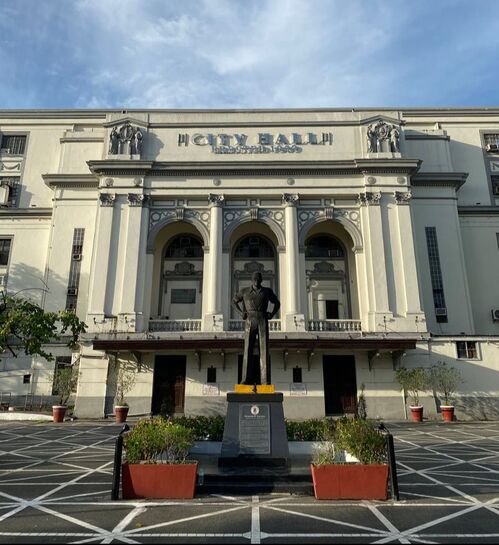
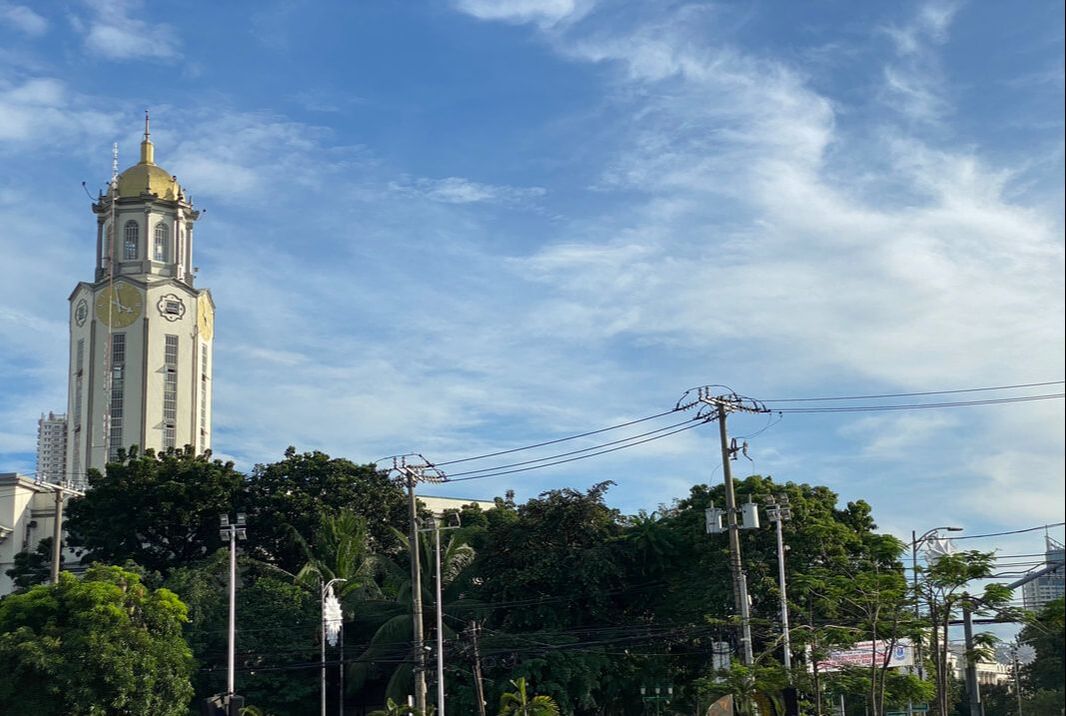


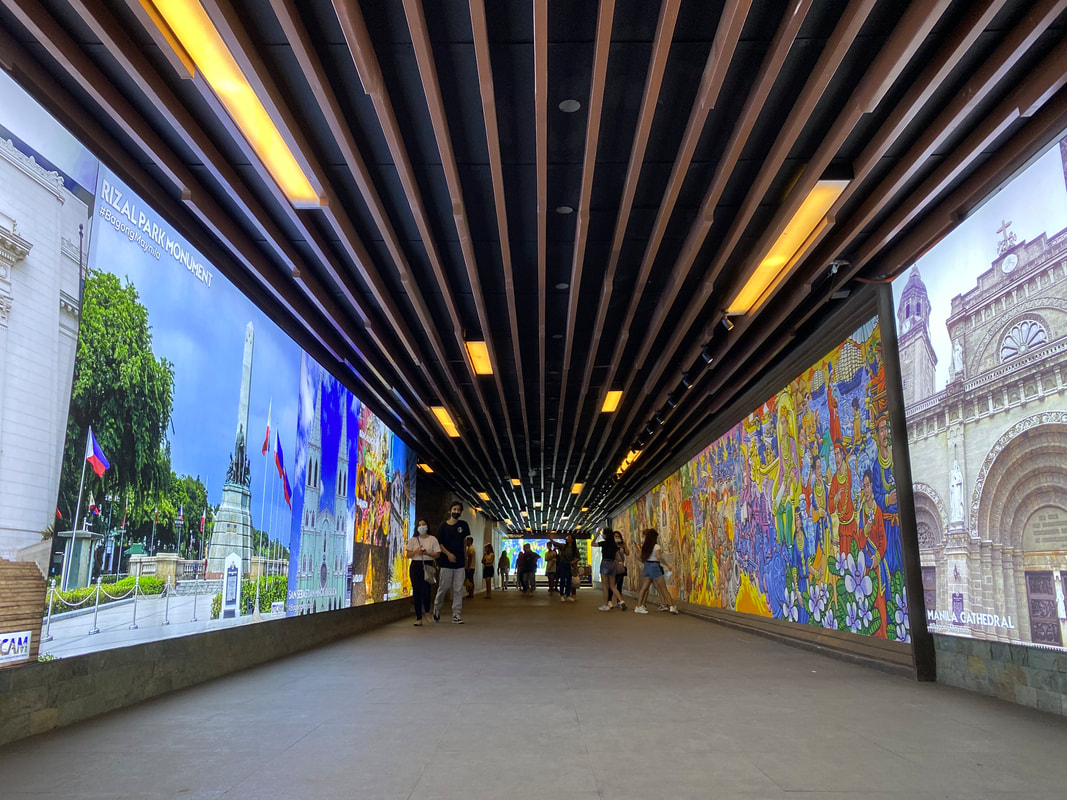
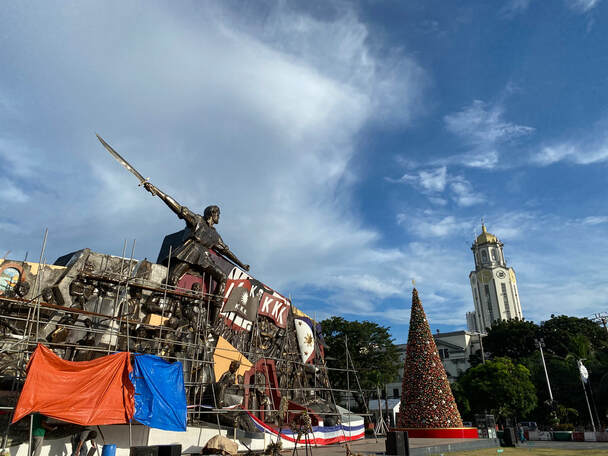
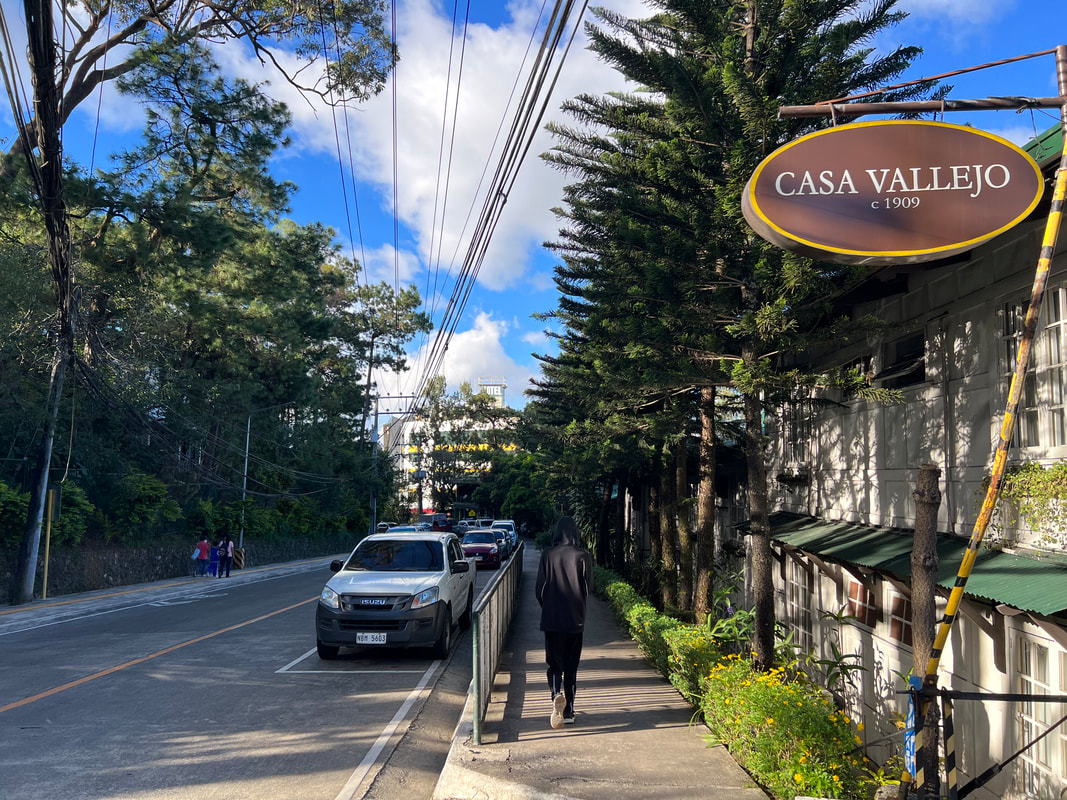
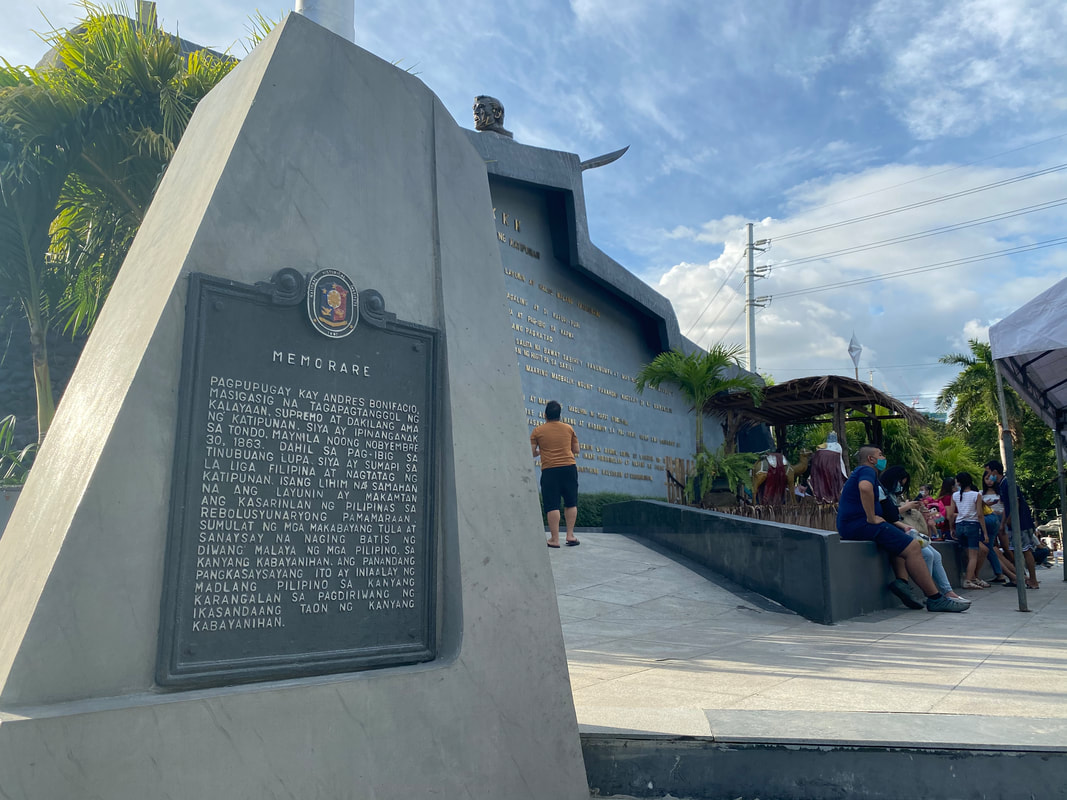
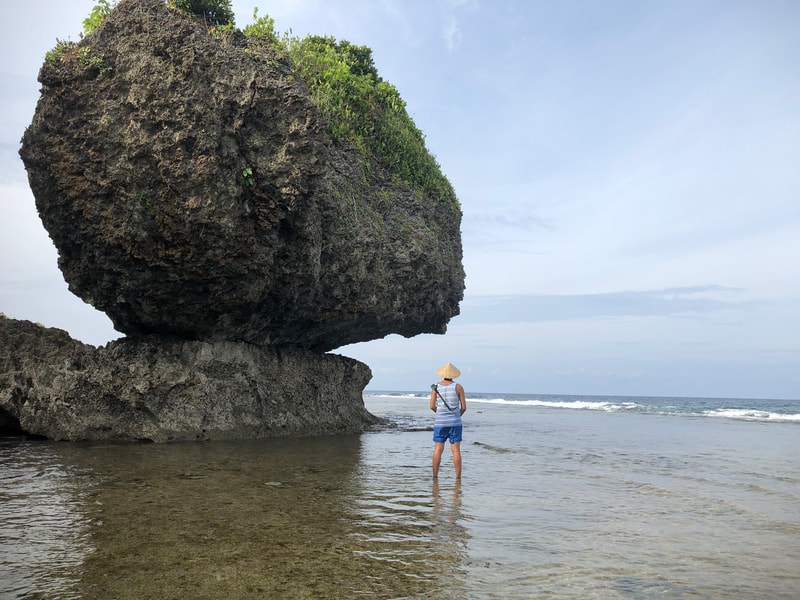
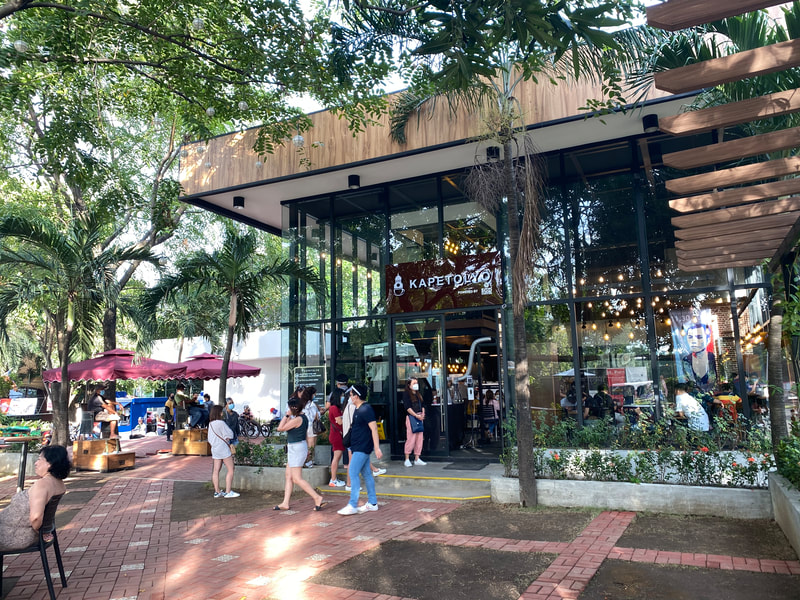
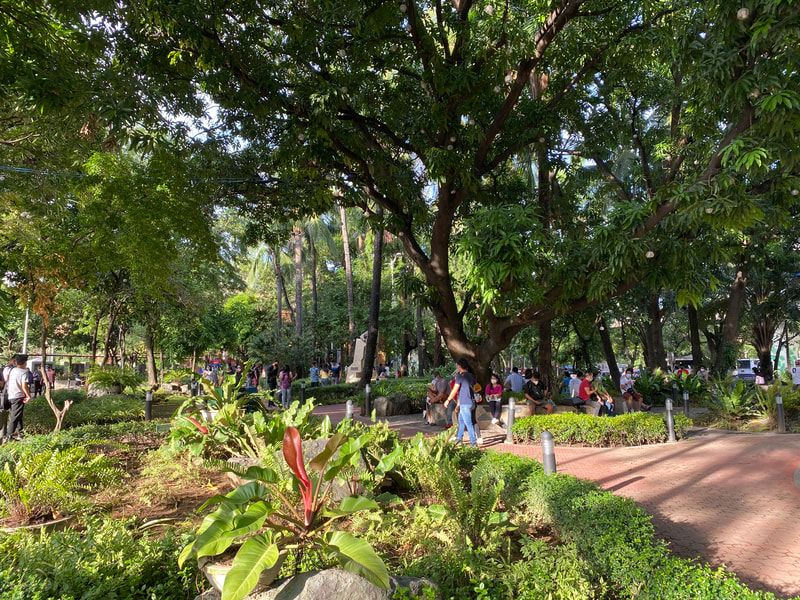
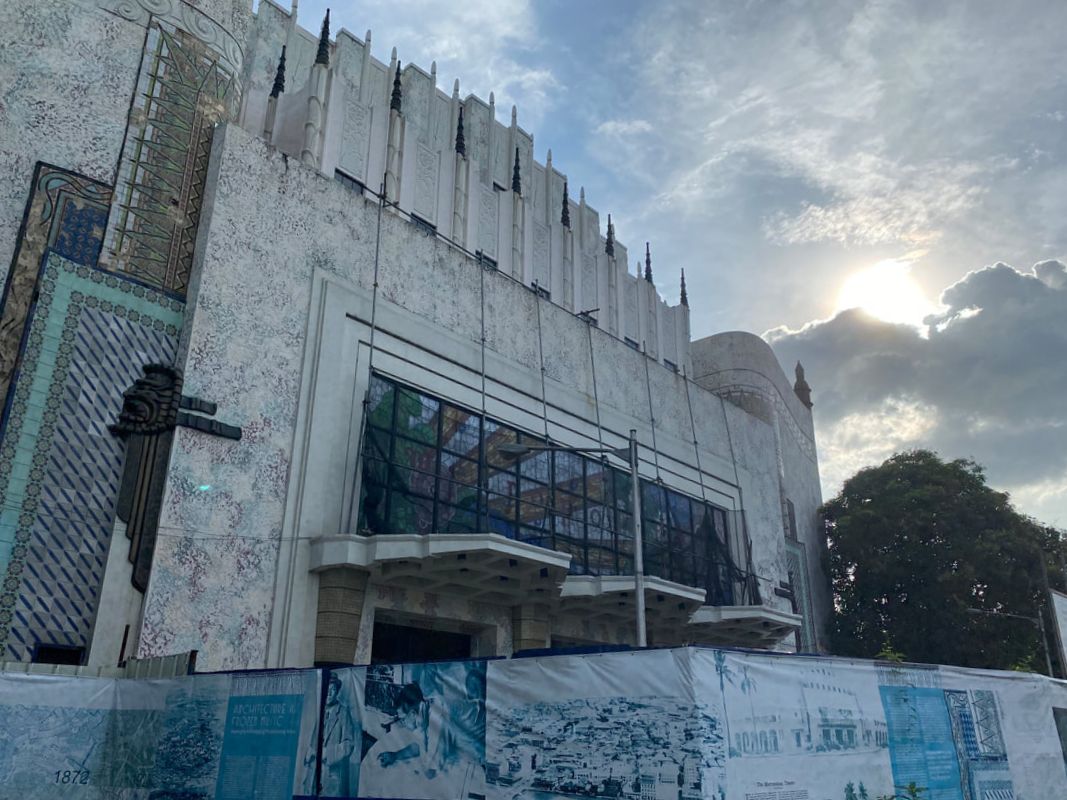
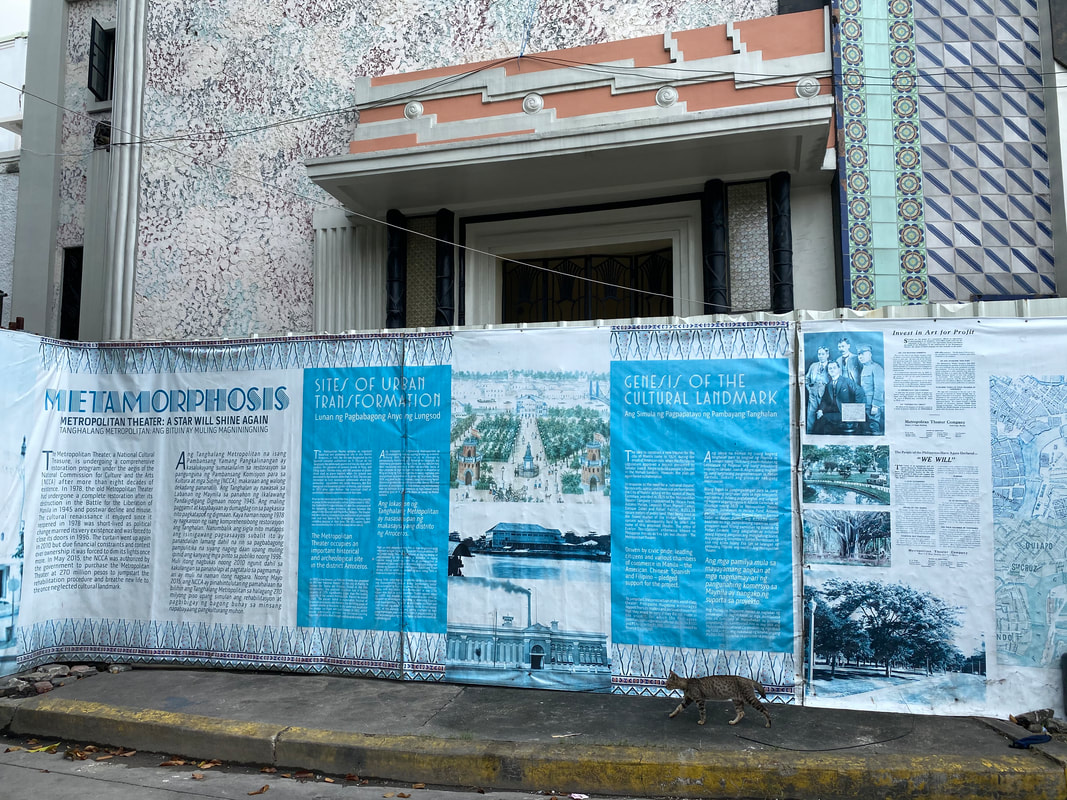
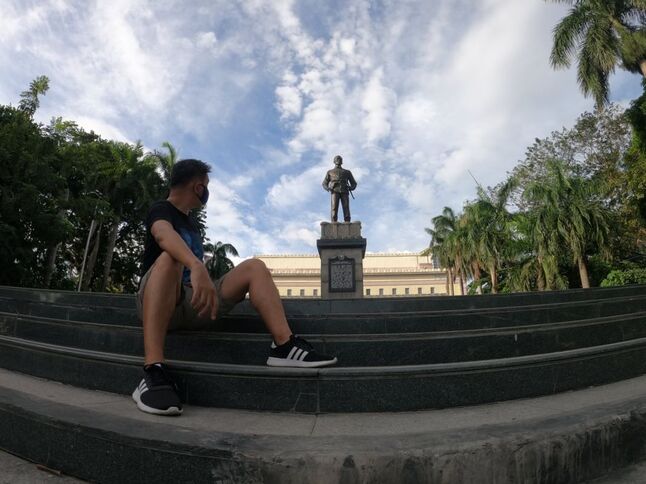

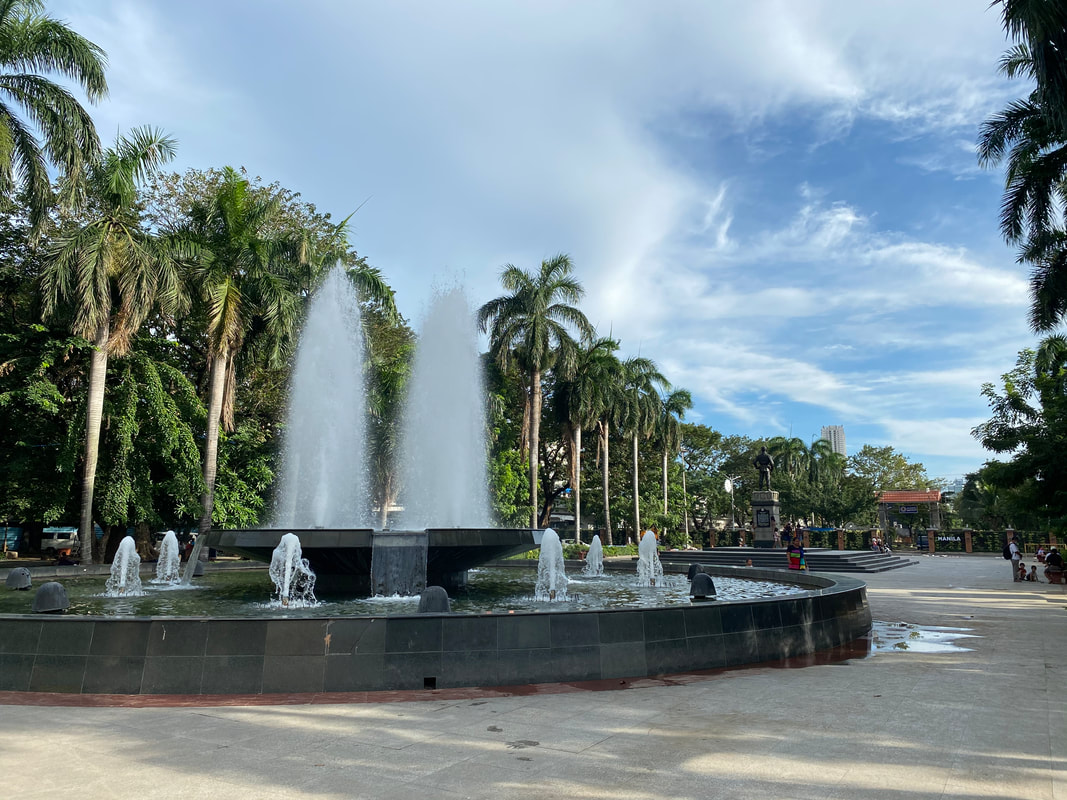
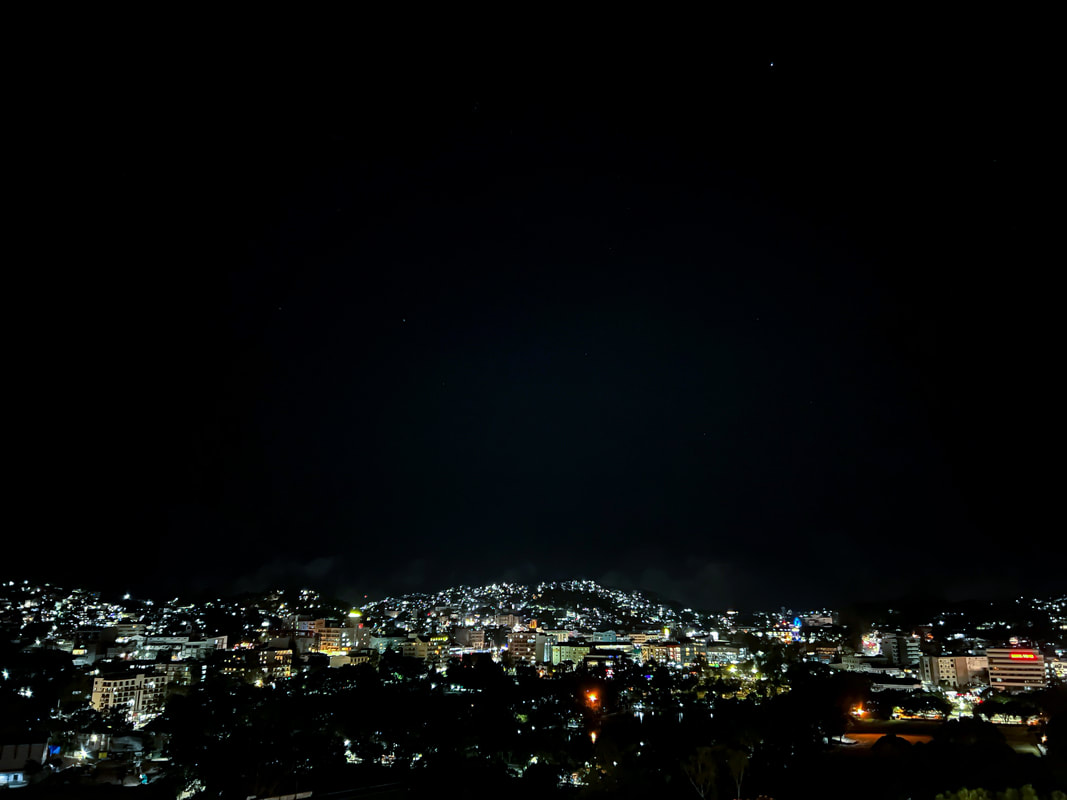
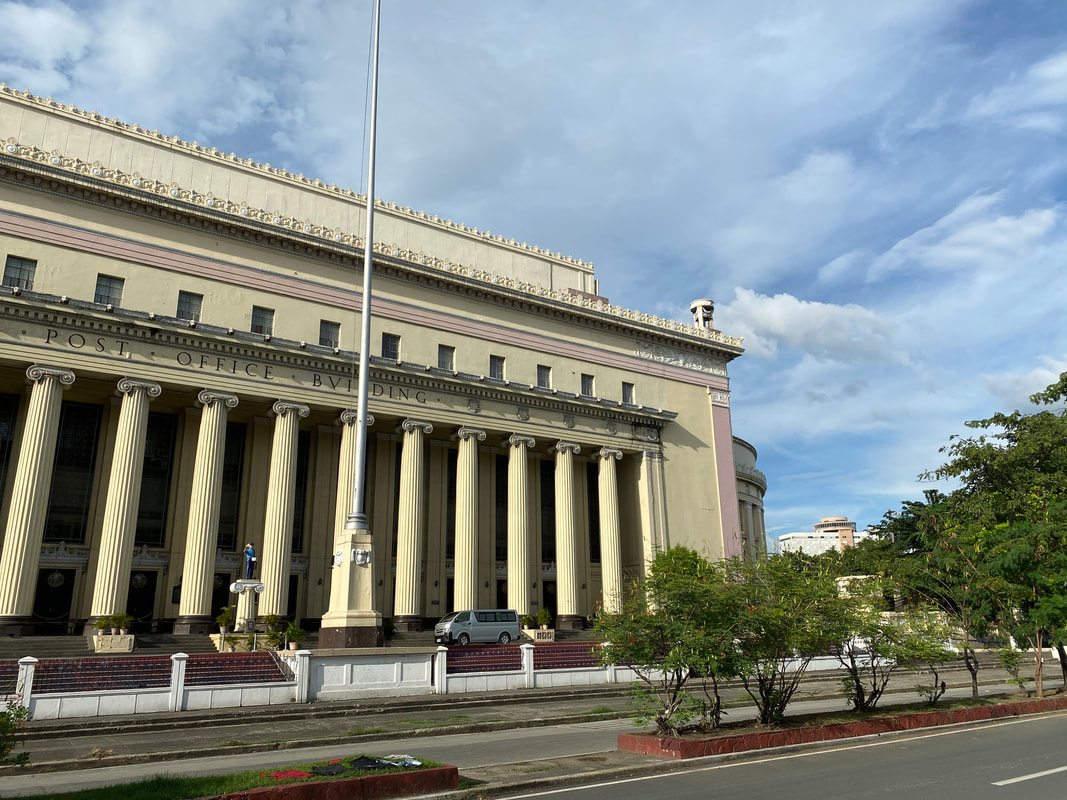
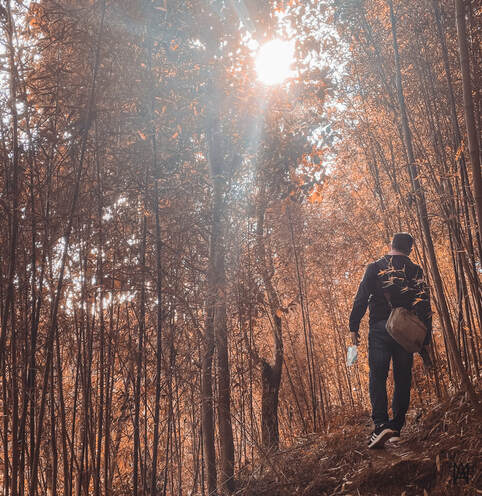





 RSS Feed
RSS Feed